Terraced gardens offer a versatile solution for sloped landscapes, combining function and beauty through a series of level planting areas. From classic stone walls to modern concrete planters, terraces can maximize growing space, control erosion, and create distinct “garden rooms.” Whether you seek an edible hillside vegetable plot, a zen-inspired retreat, or a lush tropical escape, there’s a terrace style to suit every taste. Key elements—like sturdy retaining materials, thoughtful plant choices, and integrated features such as seating or water elements—ensure stability and enhance the visitor experience. Throughout the following 20 ideas, you’ll discover practical construction tips, plant recommendations, and design inspirations drawn from leading gardening authorities.
1. Classic Stone Terraces
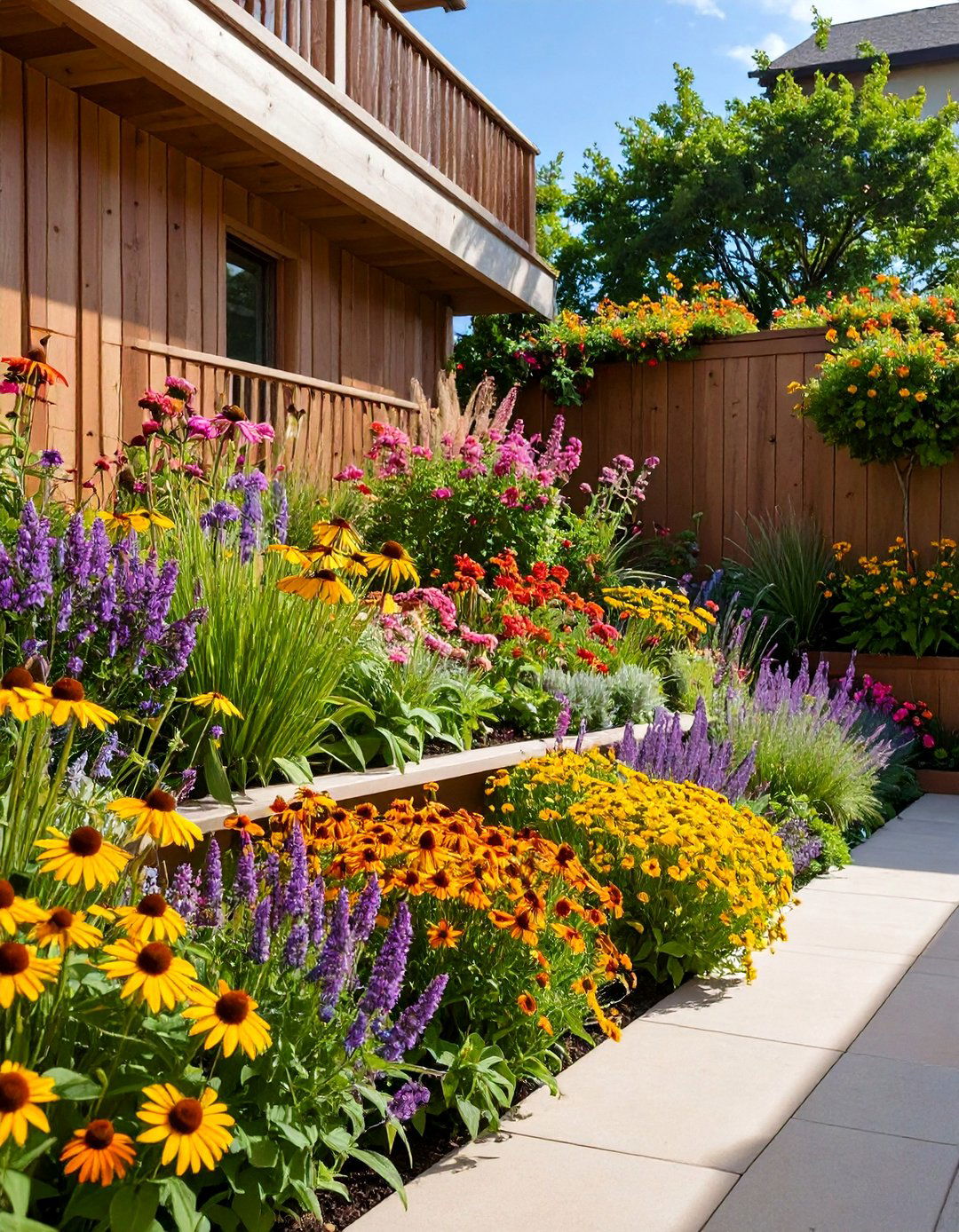
Using natural stone to build low retaining walls creates a timeless, durable structure for tiered planting. Stone terraces follow the land’s contours, offering gentle steps that blend seamlessly with the environment. Choose local fieldstone or flagstone for authenticity, and backfill with well-draining soil enriched with compost to prevent waterlogging. Plant between stones with alpine or creeping groundcover species—such as sedum or thyme—to soften edges and reduce soil erosion. Adding stone steps or inset treads allows easy access to each level and enhances safety on slopes. Over time, natural weathering will patina the stone, integrating the structure even further into your garden.
2. Multi-Tiered Vegetable Terraces
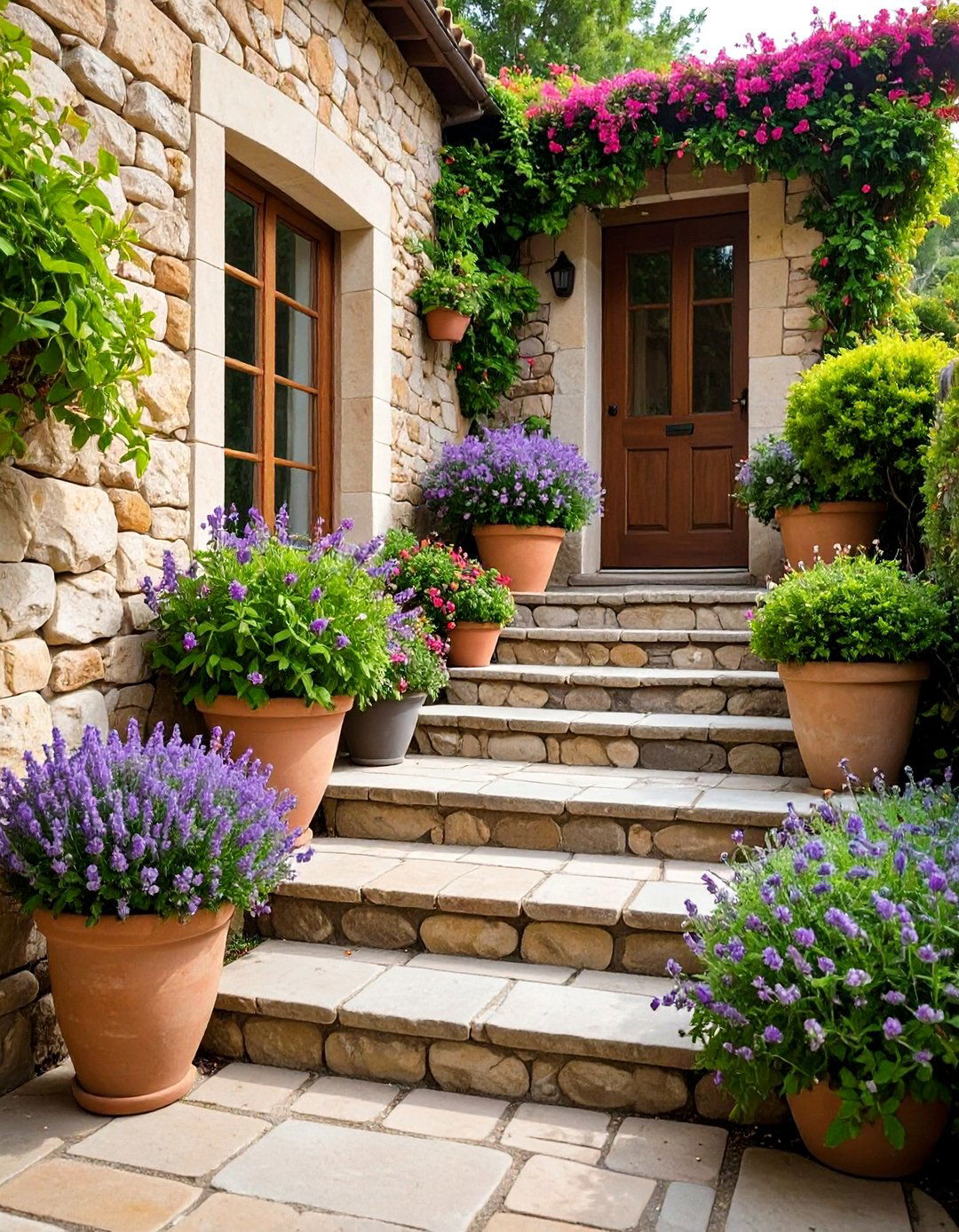
Edible terraces transform a hillside into productive kitchen gardens, with each level dedicated to different crops. Raised beds retain soil warmth, extend the growing season, and facilitate intensive planting. Position sun-loving vegetables—like tomatoes and peppers—on the upper tiers, while cooler-loving greens and root crops occupy lower levels. Install drip irrigation along each tier for consistent moisture without waste, and mulch heavily to suppress weeds. Incorporate wide, flat paths between beds for easy harvesting and wheelbarrow access. This configuration not only maximizes yield per square foot but also creates a striking visual staircase of colorful produce throughout the season.
3. Rock-Garden Terraces

Integrate rock garden principles by combining stones of varied sizes with drought-tolerant alpines and succulents. On each terrace, pile rocks to form miniature scree slopes, and interplant with hens-and-chicks (Sempervivum), saxifrages, and low-growing sedums that thrive in crevices. This approach mimics natural mountain habitats, requiring minimal irrigation once established. Arrange rocks to direct water runoff toward plantings, reducing erosion and creating moist microclimates for moisture-loving alpines. Rock mulch around plants helps retain soil moisture and stabilizes temperatures, while the overall composition adds rugged texture and year-round interest to the slope.
4. Contemporary Concrete Planter Terraces
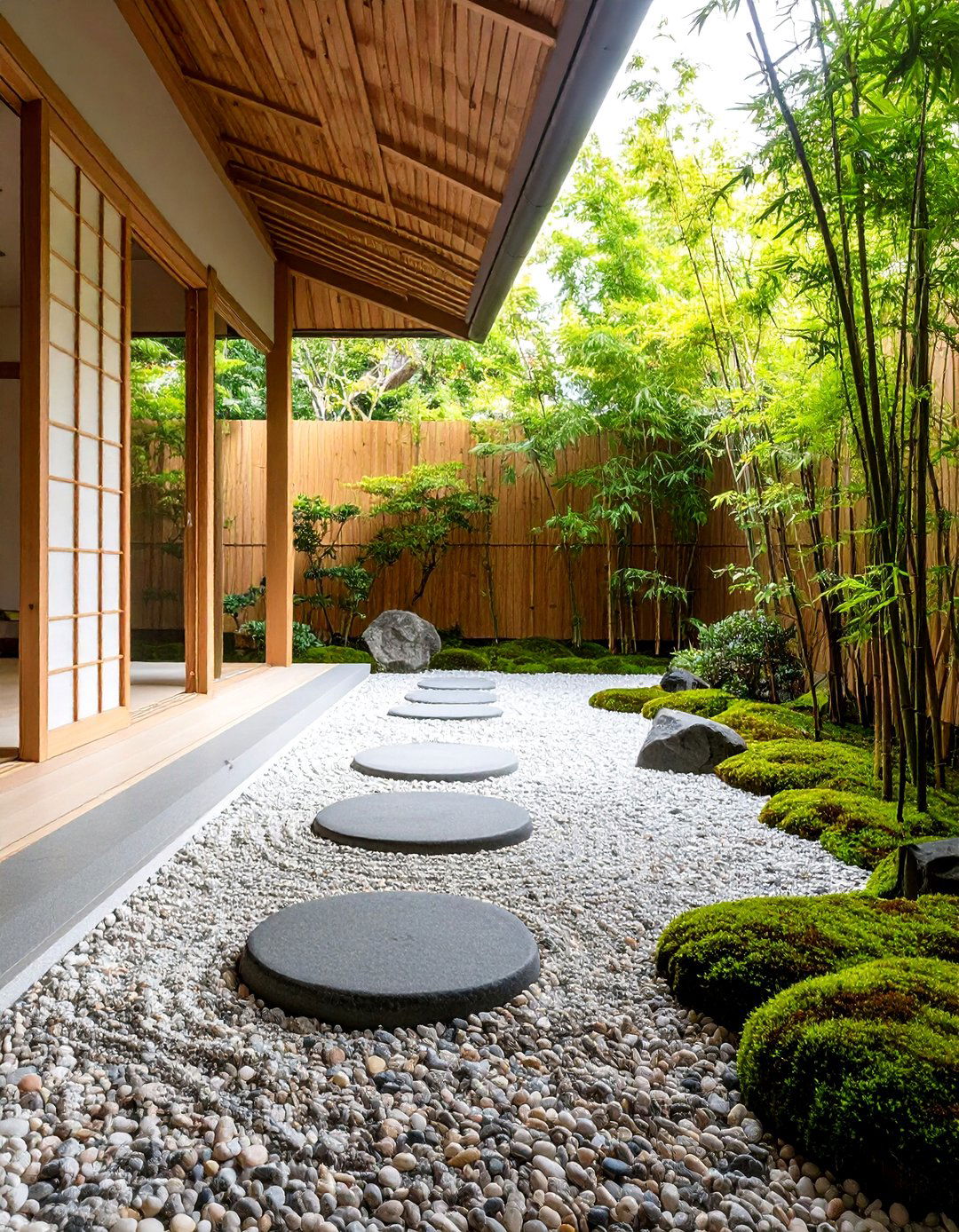
For a sleek, modern aesthetic, construct terraces from precast concrete blocks or poured concrete walls. The clean lines and neutral tones of concrete emphasize plant forms and colors. Use wide rectangular planters to create linear beds, and position taller foliage—such as ornamental grasses or bamboo—at the back to provide privacy and a backdrop. Concrete’s thermal mass moderates soil temperature, benefiting deep-rooted perennials. Seal the concrete with breathable sealant to prevent staining and extend its lifespan. To soften the hardscape, intersperse planting pockets with trailing vines or grasses that spill over the edges.
5. Reclaimed Timber Sleeper Terraces
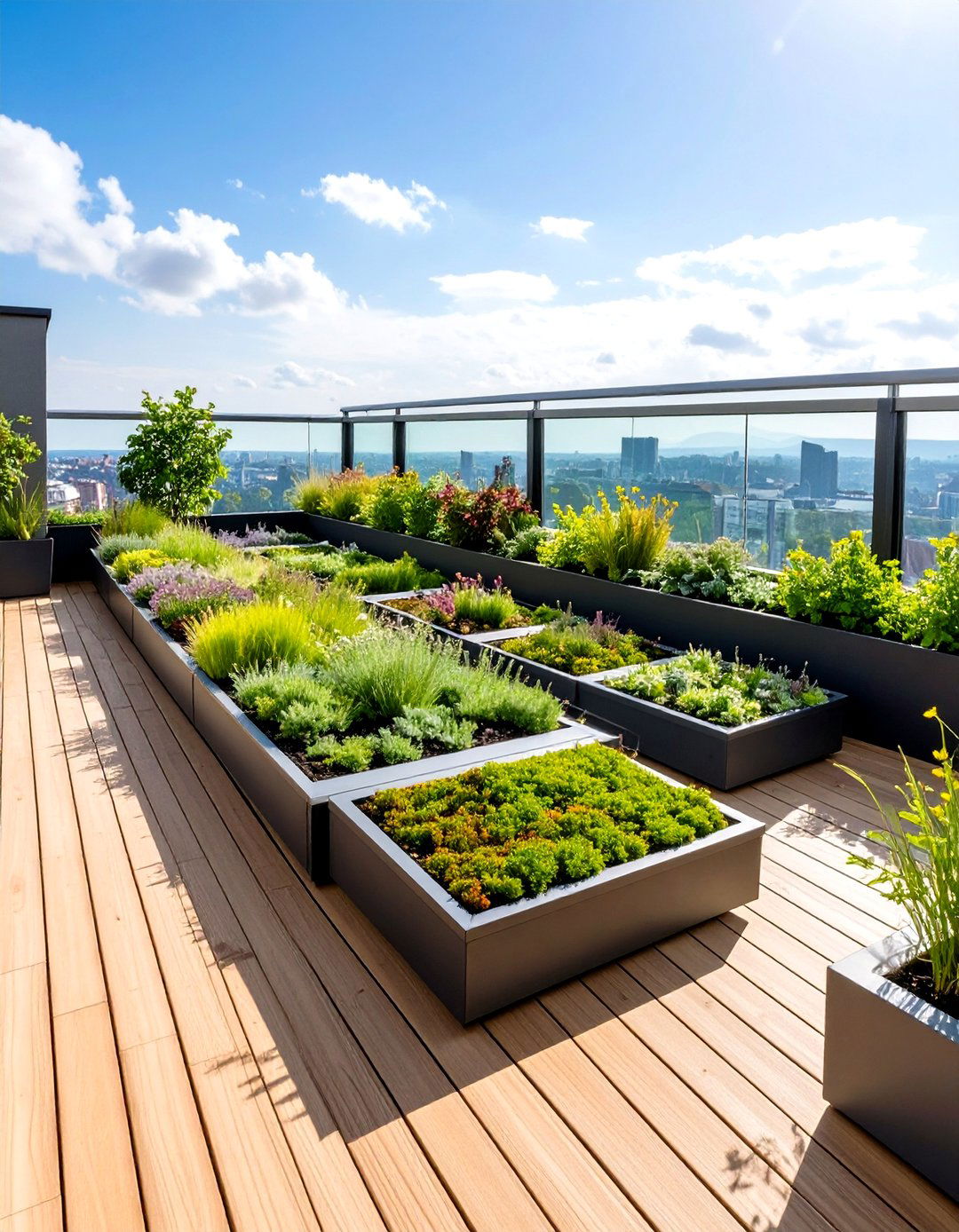
Railway sleepers or reclaimed timber offer an eco-friendly and cost-effective option for terracing. Stack sleepers horizontally to form sturdy walls, securing them with long galvanized spikes or brackets. The natural wood texture warms the garden palette and contrasts beautifully with lush greenery. Line the inside of each tier with landscape fabric to retain soil and block weeds. This style suits rustic or cottage settings; plant native wildflowers, small shrubs, and perennial herbs in the raised beds. Over time, the wood will weather to a soft gray, adding character to the terraces.
6. Brick-Built Terraced Beds
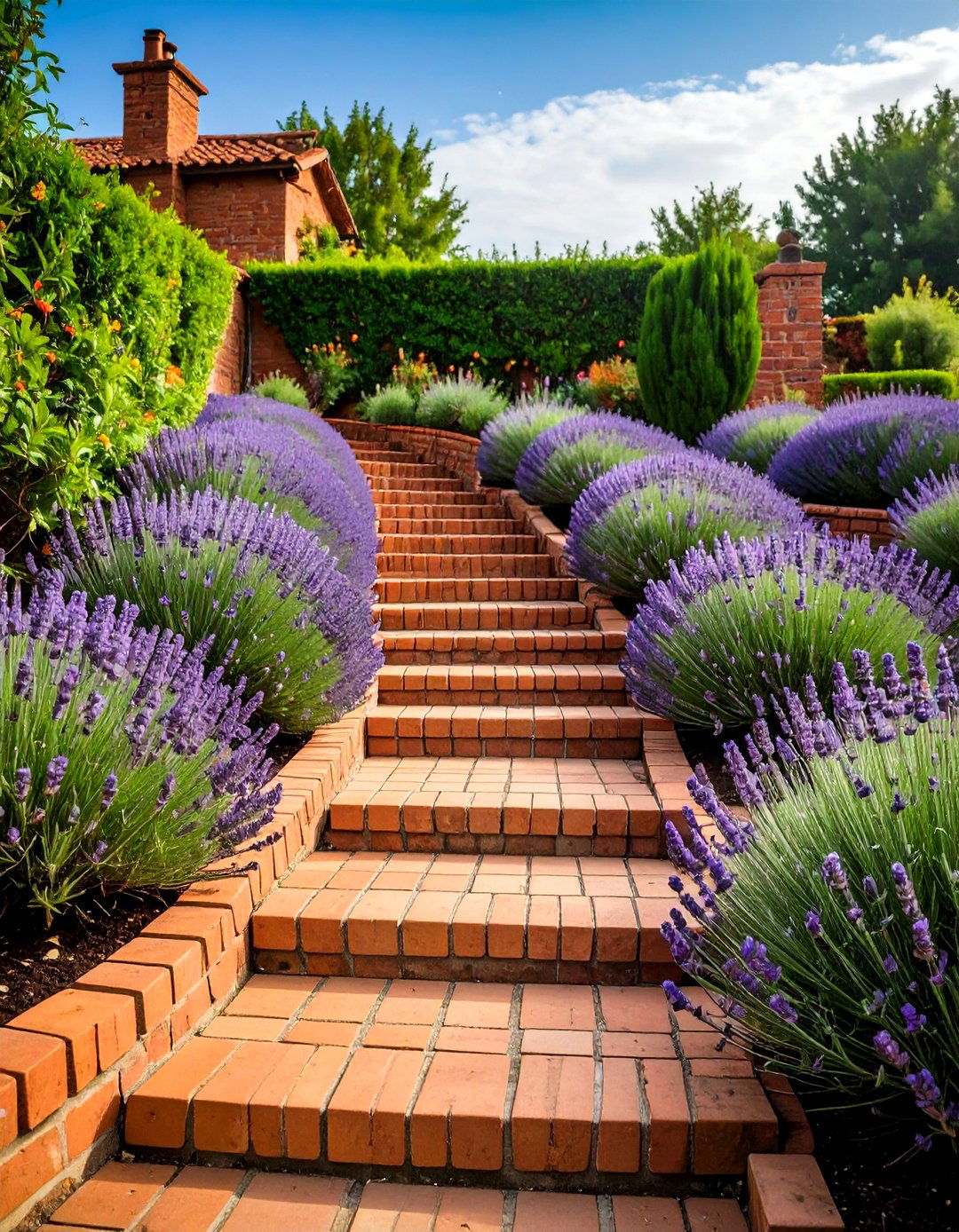
Brick walls lend a classic European charm to garden terraces, creating structured planting stages reminiscent of Italian hillside estates. Use reclaimed or handmade bricks for an aged appearance, and bond them with lime mortar to allow for slight movement and drainage. The thermal properties of brick help warm the soil, accelerating plant growth. Incorporate curved or serpentine brick courses to soften transitions between terraces. Underplant with cascading herbs like rosemary or thyme to trail over the brickwork, and top edges with lavender hedges for fragrance and formality.
7. Vertical Wall Terraces (Hanging Gardens)
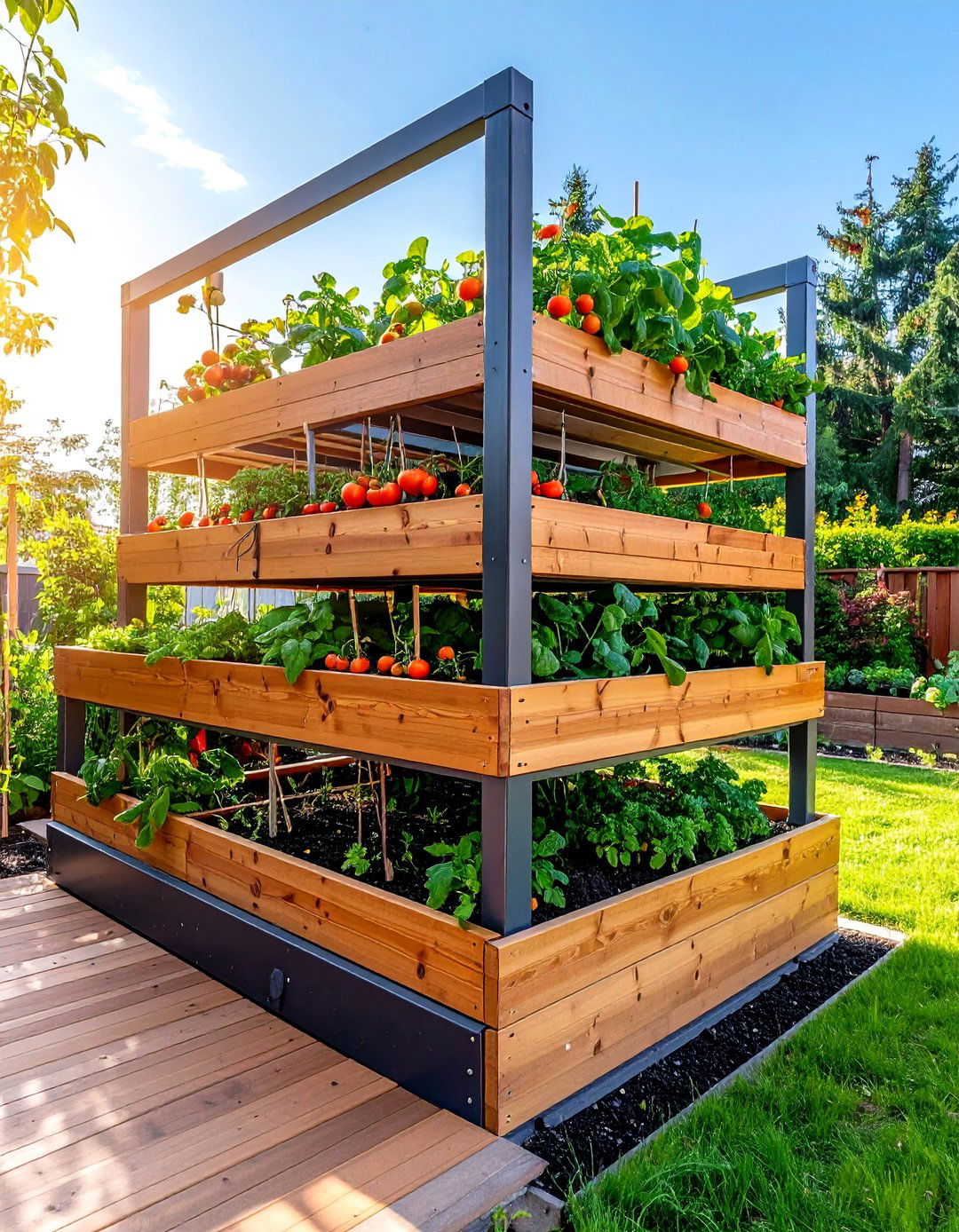
Maximize vertical space by installing wall-mounted planters on terraced retaining walls, creating a living tapestry of foliage. Use modular planter systems or handcrafted wooden pocket planters to grow trailing vines, succulents, and annual flowers. This vertical layer adds depth and extends planting area without increasing footprint. Ensure the wall has a sturdy waterproof barrier and integrated irrigation driplines to support plant health. Vertical terraces work particularly well in urban gardens, offering greenery at eye level and improving privacy.
8. Rooftop Green-Roof Terraces

Convert flat roofs into terraced green roofs by adding layers of waterproof membrane, drainage, and lightweight growing medium. Build low-profile terrace walls or raised beds to create multiple levels, each with specific plant palettes—sedum mats for low-maintenance zones and deeper soil beds for ornamental grasses or shrubs. Green-roof terraces improve insulation, reduce stormwater runoff, and support biodiversity. Choose drought-hardy sedums and native grasses that thrive in shallow substrates, and include potted container accents for seasonal color. Regular maintenance includes checking drainage outlets and occasional weeding.
9. Container-Based Mini-Terraces
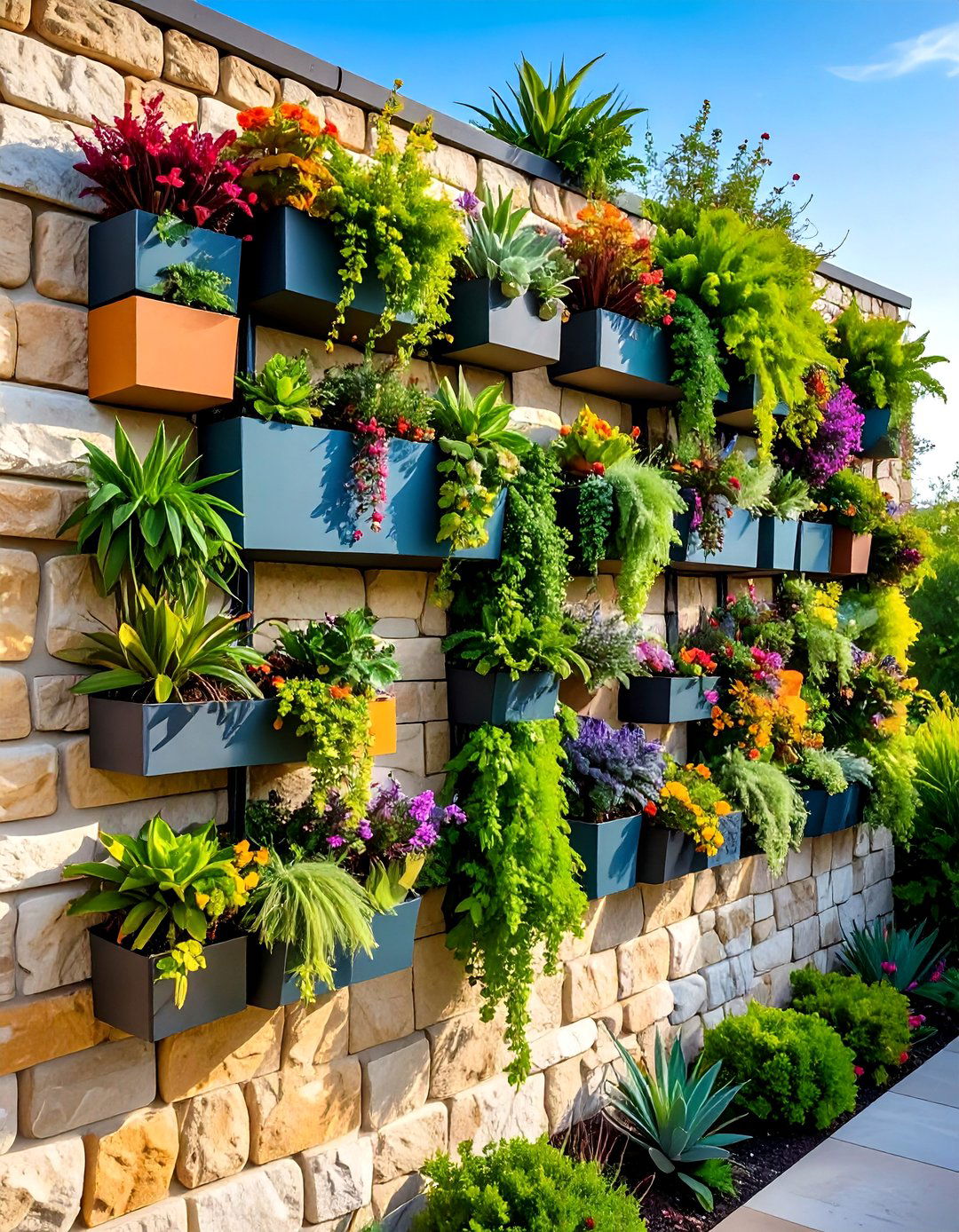
When permanent terracing isn’t feasible, use stacked containers to simulate terraces on patios or balconies. Arrange large pots at the back, medium in the middle, and small at the front on sturdy shelving or stepped plant stands. This creates visual depth and allows for layered planting of tall ornamental grasses, mid-height perennials, and low-growing flowers. Containers can be rearranged seasonally, offering flexibility in design. Ensure adequate drainage and use high-quality potting mix. For ease, integrate self-watering containers or a wicking system to maintain consistent moisture.
10. Terraced Water-Feature Gardens
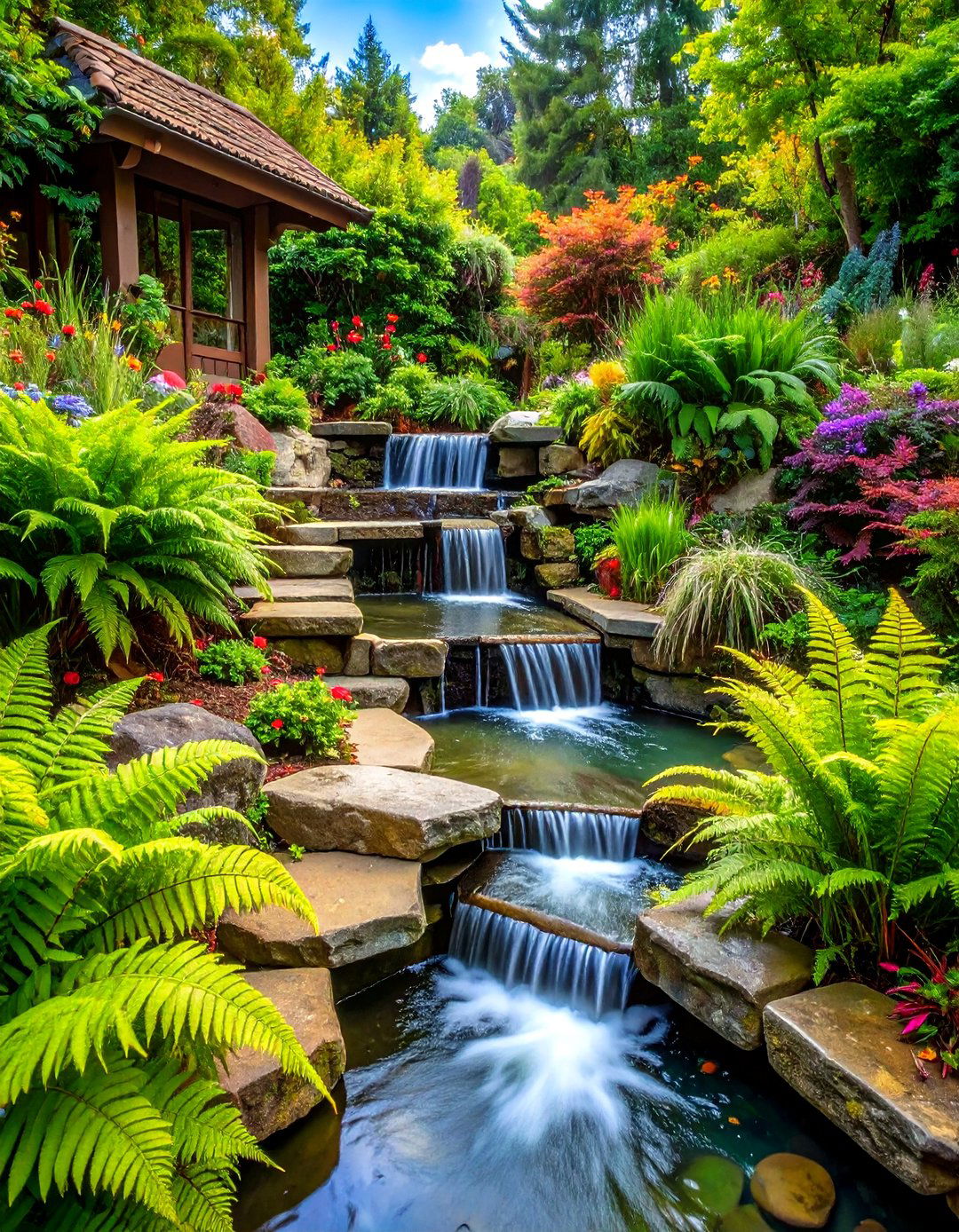
Incorporate cascading water elements into terraced beds for soothing sound and dynamic movement. Build shallow stone troughs or concrete channels along each terrace edge, leading to small ponds or basins below. A recirculating pump moves water uphill, creating a continuous cascade. Surround watercourses with moisture-loving plants—such as ferns, hostas, and creeping Jenny—to soften hard edges and reduce splash. Lighting beneath water flows adds nighttime drama. This integration of hardscape, water, and planting transforms a simple terraced slope into a sensory retreat.
11. Mediterranean-Style Terraces
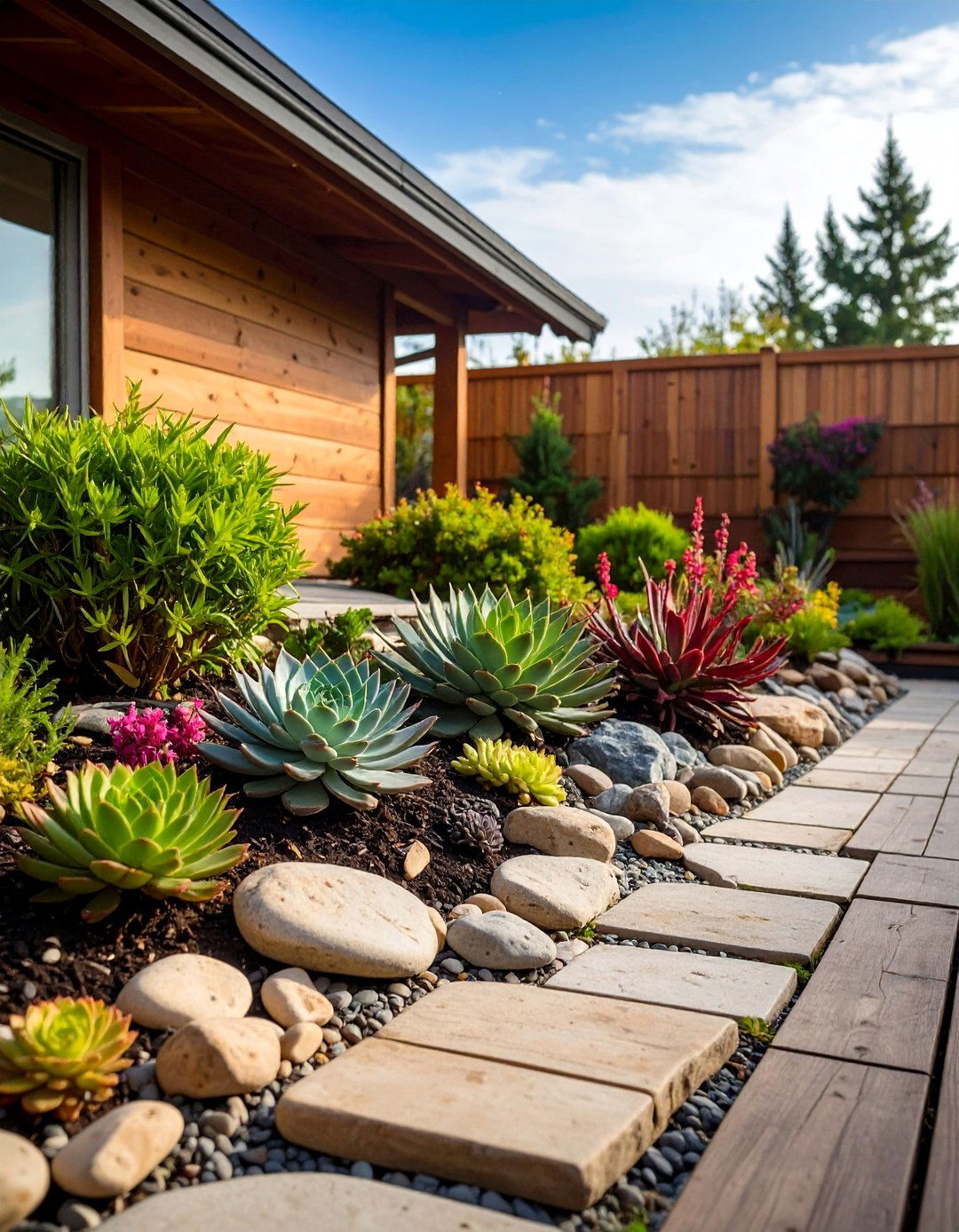
Emulate the sun-baked terraces of southern Europe with terracotta pots, warm stucco walls, and drought-tolerant plantings. Use raised stone beds and gravel mulch for authentic texture. Plant lavender, olive trees, rosemary, and ornamental grasses in sunny tiers, combining silvery foliage with purple blooms. Incorporate tiled steps or mosaic accents for color and pattern. Low walls double as seating, making outdoor dining under a pergola or olive tree a focal point. This style thrives in hot, dry climates and requires minimal irrigation once established.
12. Japanese-Inspired Zen Terraces
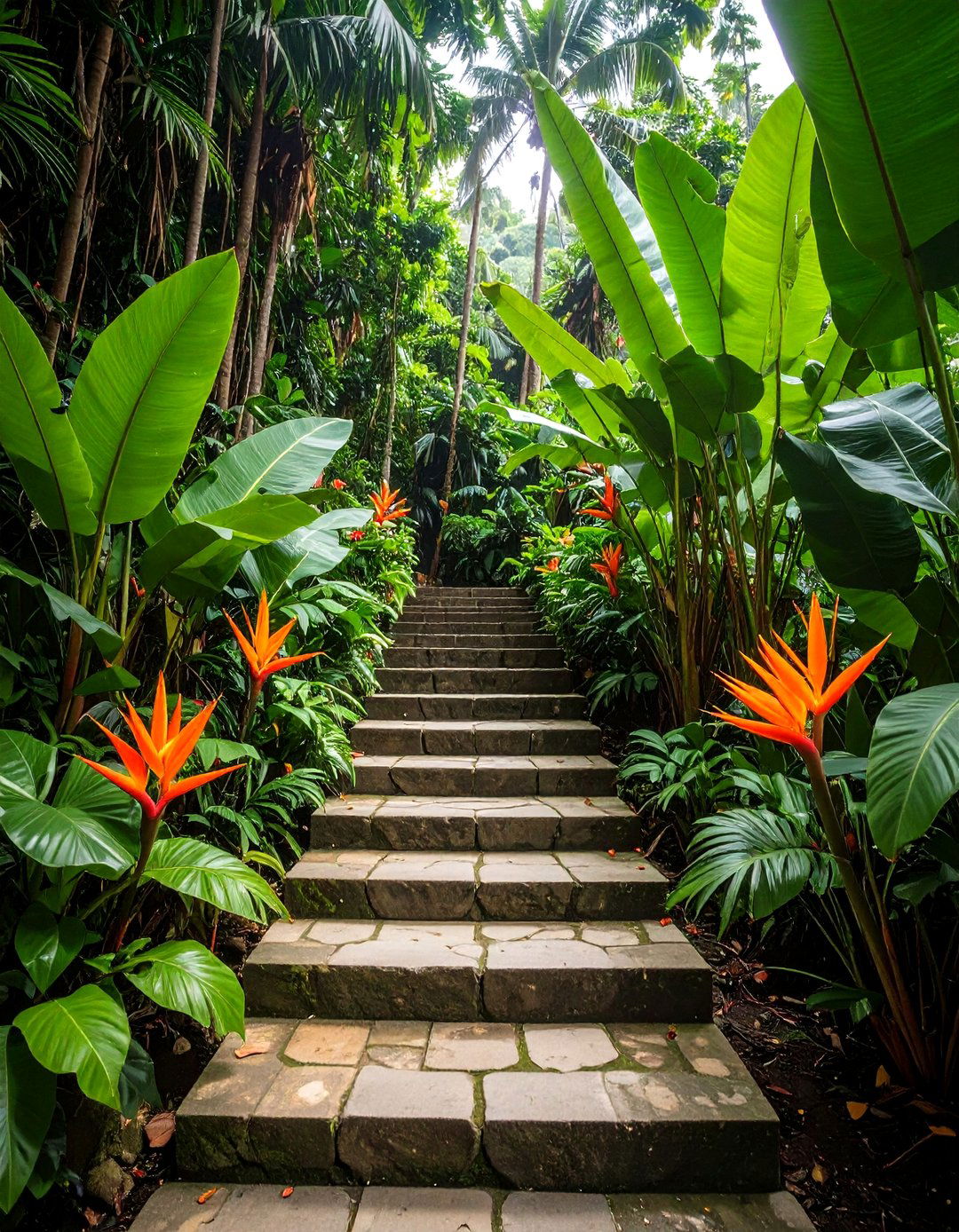
Create tranquil Japanese-style terraces with clean lines, gravel pathways, and minimalist plantings. Construct low, straight retaining walls from smooth wood or stone. Fill each level with contrasting materials—white gravel, dark river rock, and moss patches—to define zones. Plant bamboo screens on upper terraces for privacy and sound buffering. Integrate simple water basins (tsukubai) and unglazed ceramic lanterns for authenticity. Avoid overcrowding; allow each element space to breathe. The result is a meditative stair-like garden ideal for quiet reflection and tea ceremonies.
13. Tropical Jungle Terraces
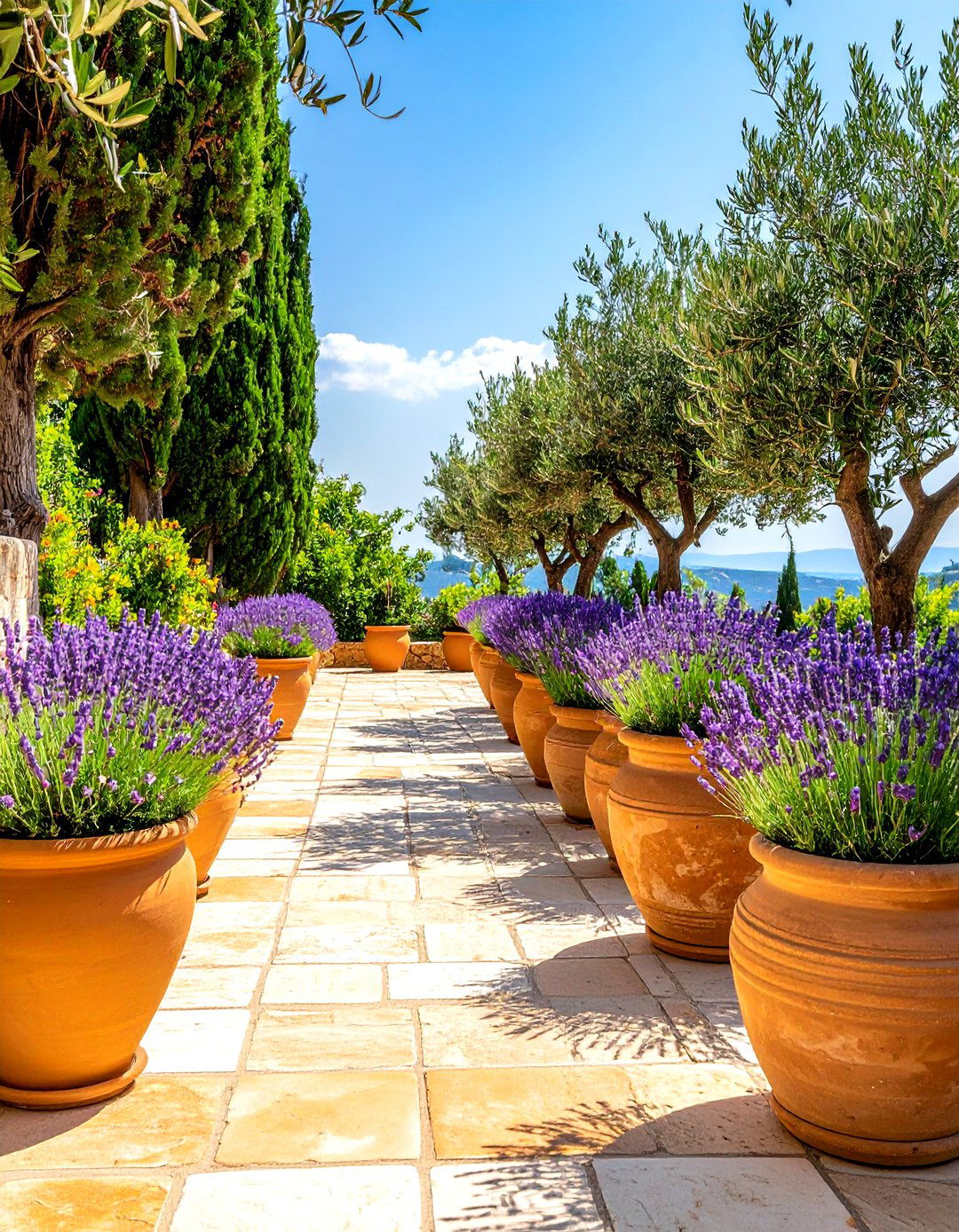
For a lush, exotic feel, terrace slopes with large planter beds filled with bold foliage plants. Use thick wooden or stone walls to support rich tropical soil mixes. Plant banana (Musa), elephant ear (Colocasia), bird of paradise (Strelitzia), and colorful cannas in staggered layers. Underplant with philodendron and ferns to fill lower levels. Include winding stone steps and rustic wood handrails to navigate the jungle vibes. Tropical terraces benefit from regular watering and organic mulch to retain moisture and nourish thirsty plants.
14. Pollinator-Friendly Flower-Rich Terraces
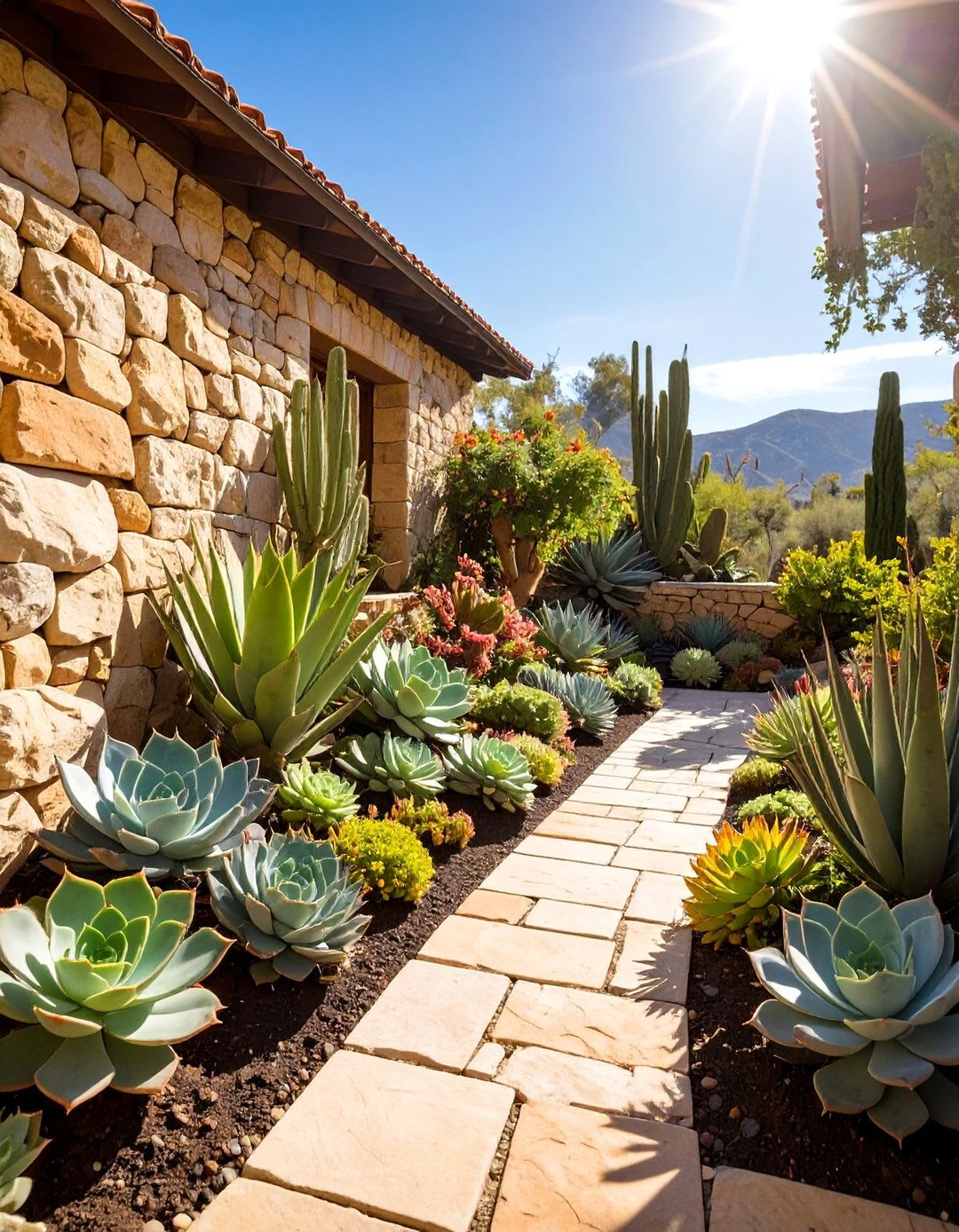
Design terraces to support bees, butterflies, and hummingbirds by planting nectar-rich perennials and native wildflowers on each level. Include coneflowers (Echinacea), bee balm (Monarda), and salvia for mid-height tiers, with groundcover phlox and creeping thyme below. Incorporate tall, native grasses for structural interest and shelter. Install shallow water dishes on flat areas for pollinator hydration. Avoid pesticides and use organic fertilizers. The terraced arrangement ensures a succession of blooms from spring through fall, providing continuous forage for beneficial insects.
15. Shaded Woodland Terraces
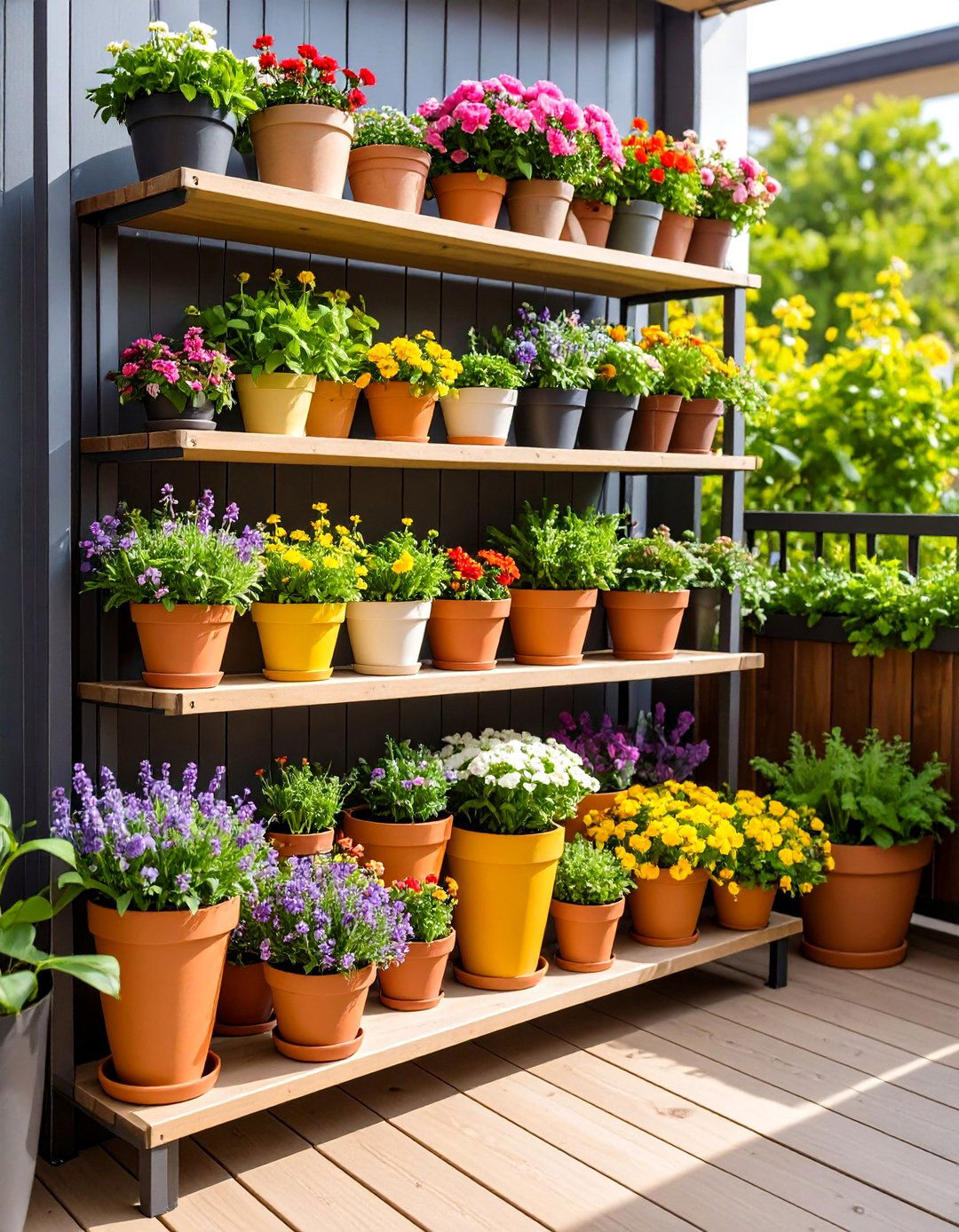
Under mature trees, build terraces using natural stone or timber to create shady planting pockets. Fill beds with shade-loving perennials—such as hostas, hellebores, and astilbes—that thrive in dappled light. Add leaf mulch and compost to enrich soil and retain moisture. Install low garden walls that double as seating for woodland strolls. Ferns and woodland bulbs like trilliums can be interplanted for seasonal interest. This approach transforms underused, shady slopes into serene, green-leaf retreats.
16. Sun-Drenched Succulent Terraces
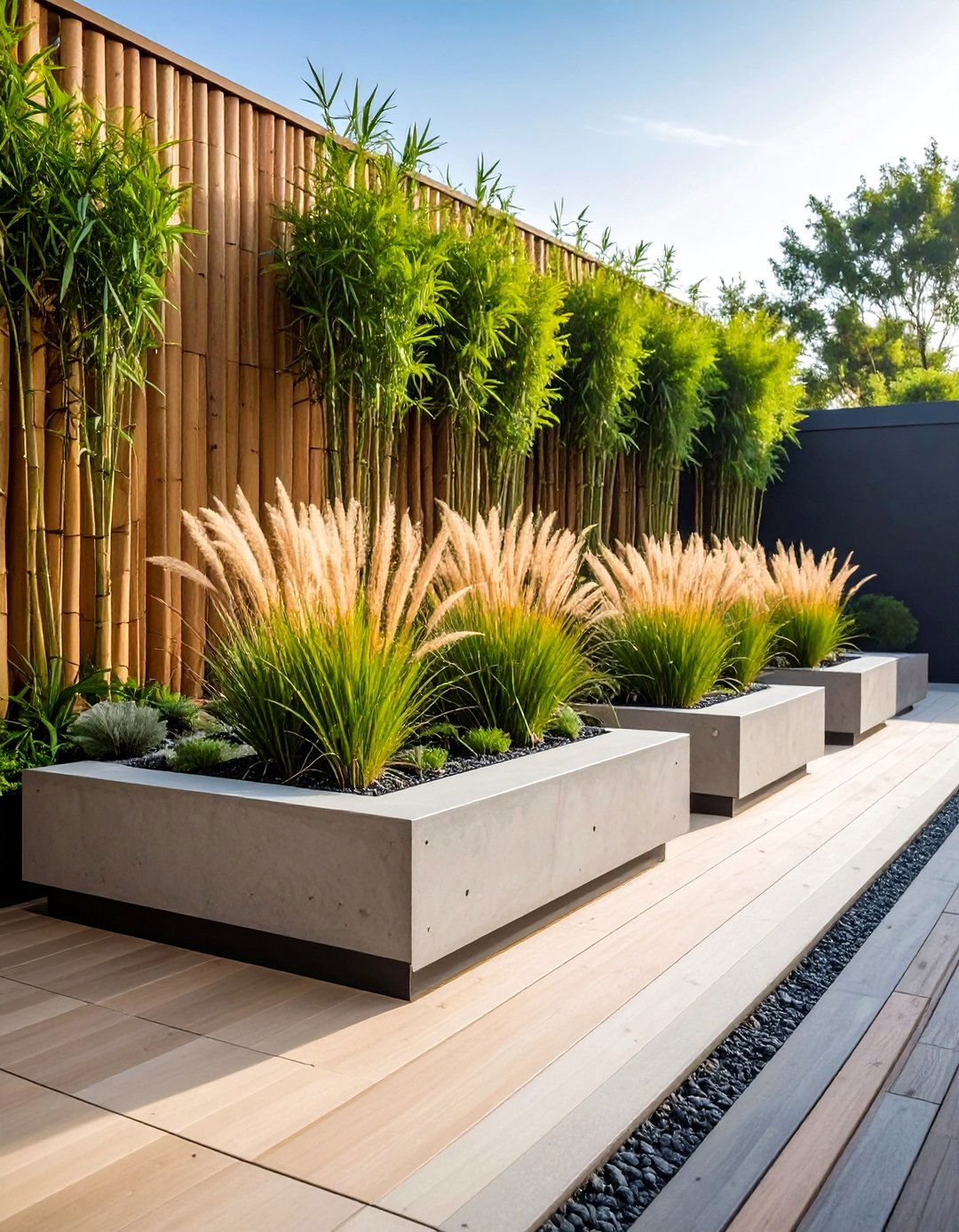
On south-facing slopes, create low-maintenance terraces filled with heat- and drought-tolerant succulents. Use stone or brick walls to retain sandy, fast-draining soil. Plant a spectrum of succulents—from echeverias and sempervivums to agaves and sedums—grouped by water needs. Incorporate gravel mulch to echo desert aesthetics and suppress weeds. Terraced succulents benefit from minimal irrigation, making them ideal for water-wise gardens. Occasional feeding during the growing season promotes robust, colorful foliage displays.
17. Fairy-Light and Evening Terraces
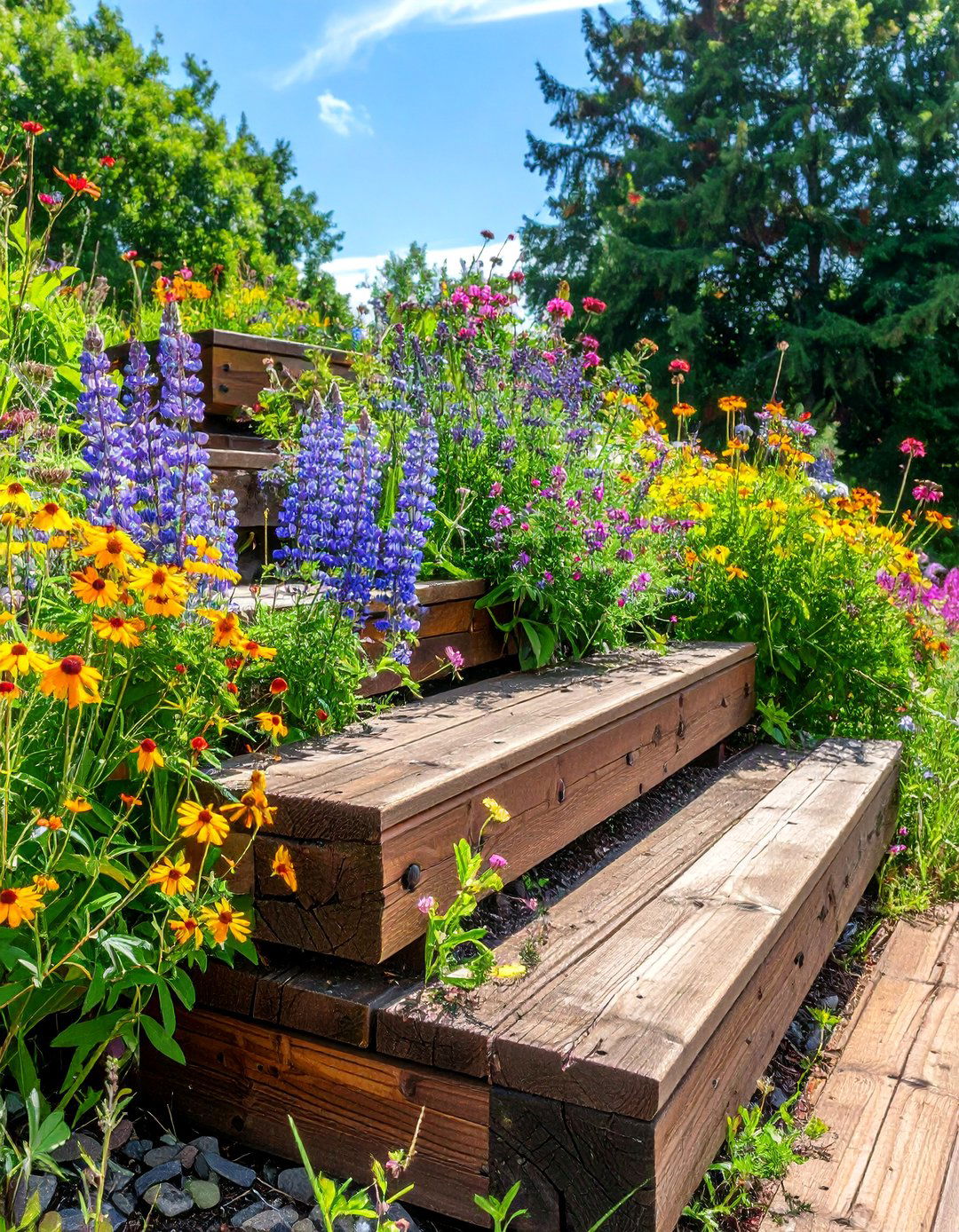
Enhance terraced levels with integrated lighting for magical nighttime ambiance. Install LED strip lights under each terrace lip or along stair risers to softly illuminate steps and planting beds. Add solar-powered lanterns or fairy lights woven through shrubbery for twinkling effects. Use uplights to highlight specimen trees or focal objects. Thoughtful lighting extends garden use into the evening and creates layers of depth, turning your terraces into an enchanting after-dark retreat.
18. Minimalist Monochrome Terraces
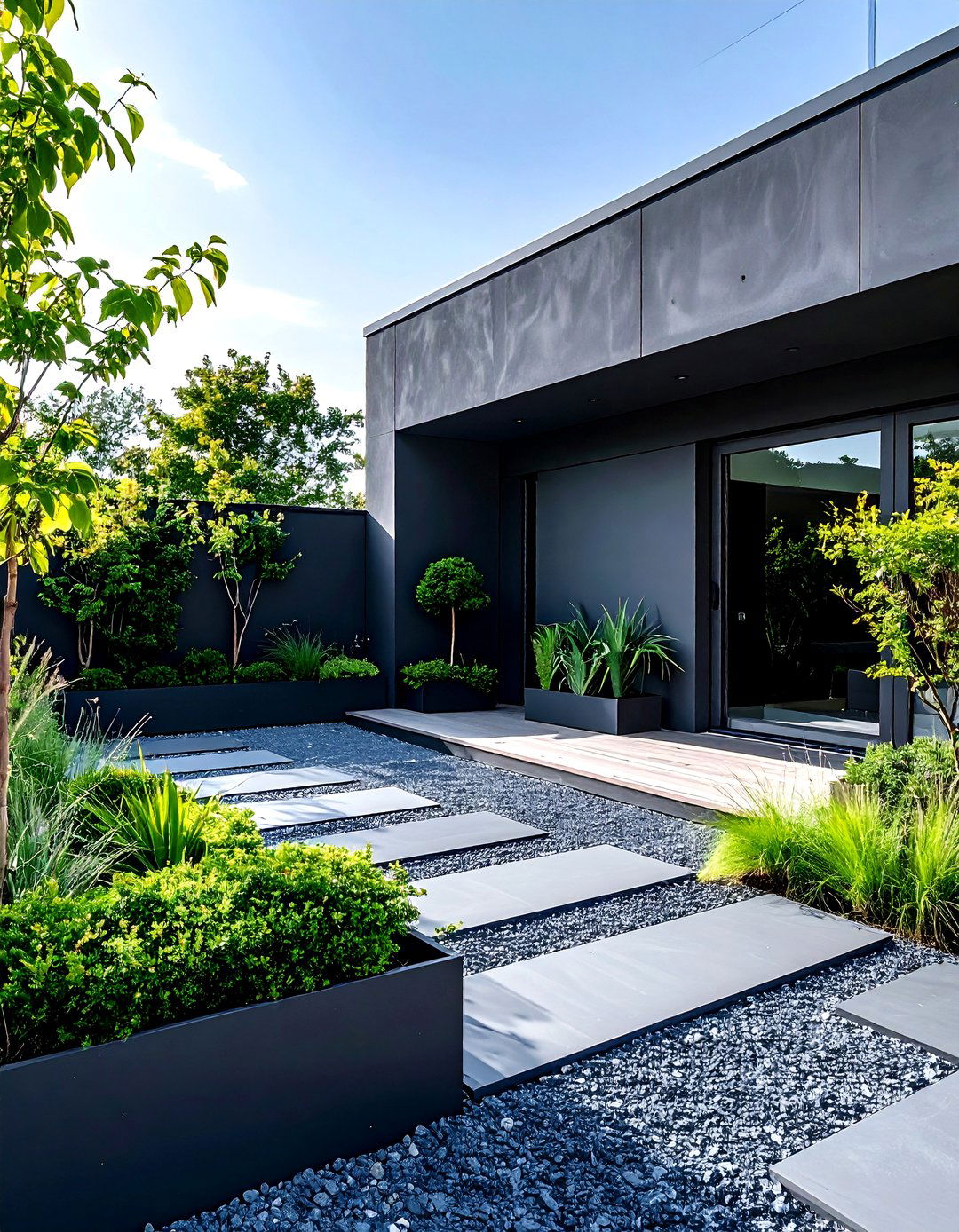
Keep design simple with monochromatic materials—such as charcoal concrete blocks and black metal accents—paired with green foliage for a modern minimalist look. Terrace walls painted in muted tones recede, allowing plants to stand out. Choose sculptural plant forms—like phormium or dracaena—and repeat them for a cohesive effect. Gravel or decomposed granite pathways enhance the streamlined aesthetic. This style suits contemporary homes and emphasizes clean geometry over ornate planting.
19. Edible-Ornamental Mixed Terraces
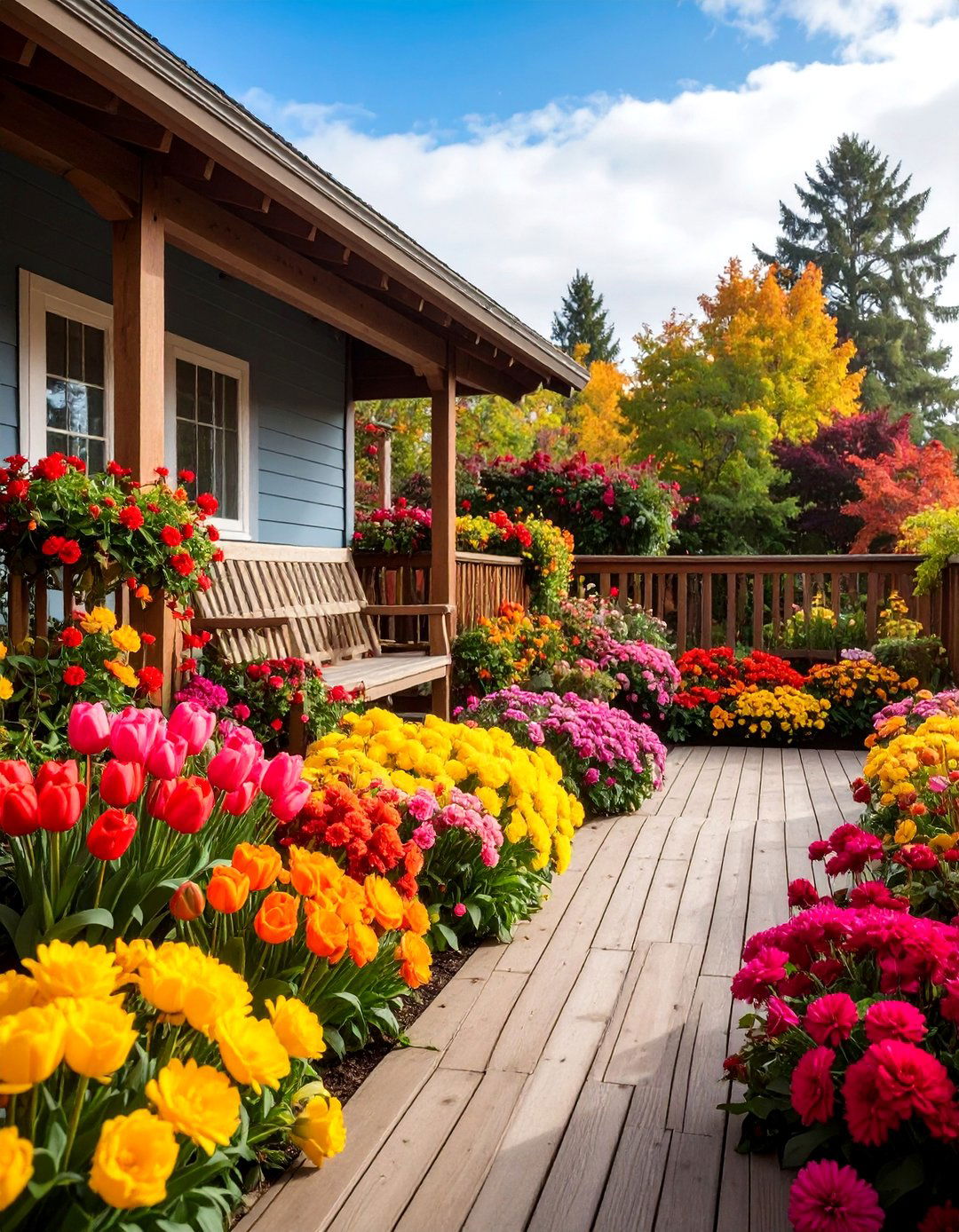
Combine fruit shrubs, perennial vegetables, and ornamental flowers on each terrace for both beauty and bounty. Alternate rows of blueberry bushes with flowering perennials like echinacea or ornamental onions (Allium). Interplant lettuce, herbs, and edible flowers—such as nasturtiums—between shrubs for seasonal harvests. Use low stone walls to define levels and incorporate a drip-irrigation grid for efficient watering. This edible-ornamental mix ensures functionality without sacrificing visual appeal.
20. Seasonal Color Rotation Terraces

Plan each terrace for a specific seasonal color theme—spring pastels on the top level, summer brights in the middle, and autumnal hues below. In spring, plant tulips and hyacinths; switch to dahlias and zinnias in summer; and finish with ornamental grasses and chrysanthemums for fall. Use removable pots on upper tiers for quick seasonal swaps. This dynamic layering provides ever-changing interest and encourages ongoing engagement with the garden throughout the year.
Conclusion:
Terraced gardens transform challenging slopes into organized, multifunctional spaces, offering opportunities for varied planting schemes and design features. Whether built from stone, timber, or concrete, the right structure paired with thoughtful plant selections creates visually compelling layers that control erosion, maximize space, and enhance accessibility. From edible vegetable tiers and minimalist monochrome schemes to lush tropical and pollinator-friendly plantings, terraces can be customized to fit any garden style and climate. By integrating elements like water features, lighting, and seasonal rotations, terraced gardens become living landscapes that evolve with the seasons and invite continual discovery.



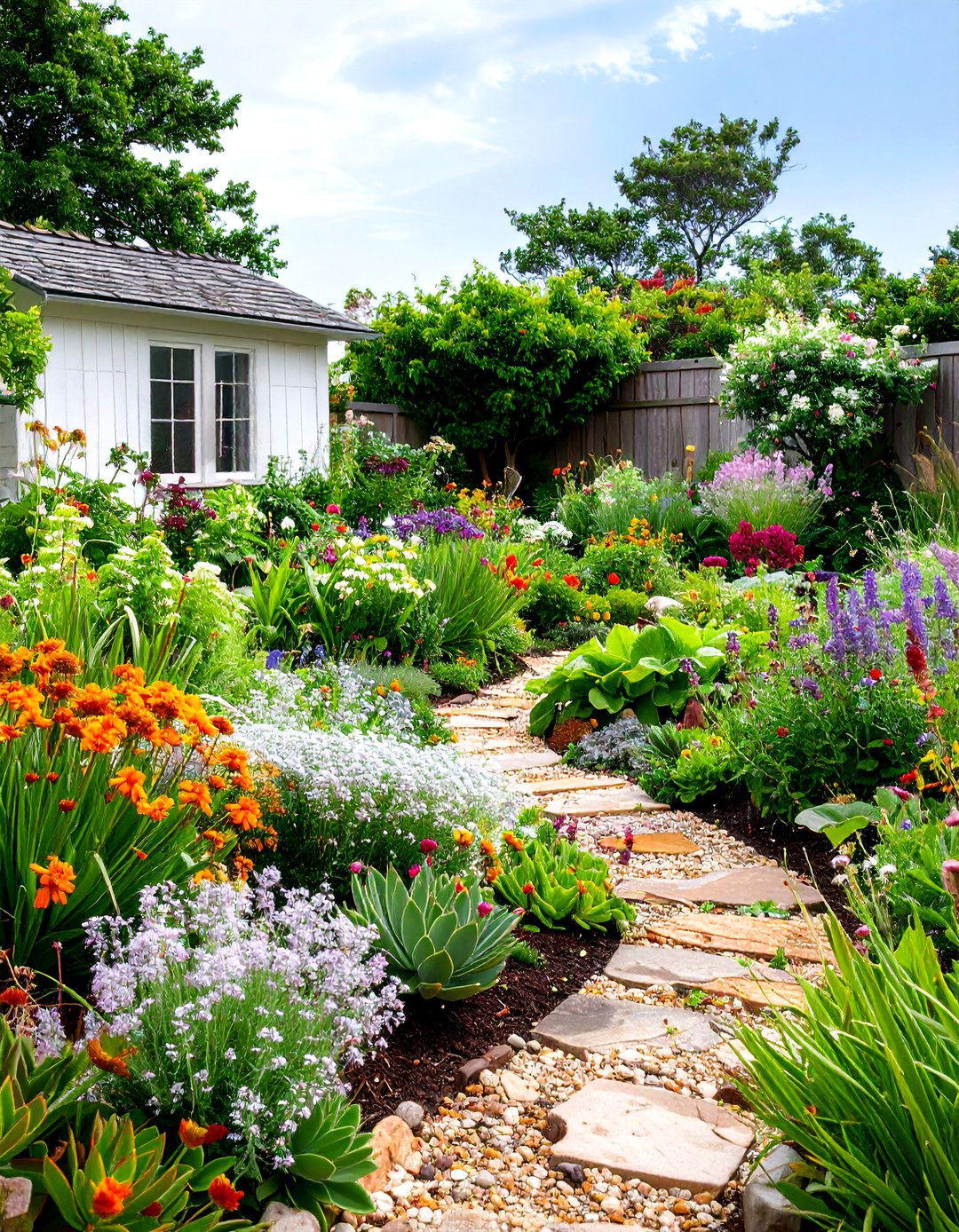
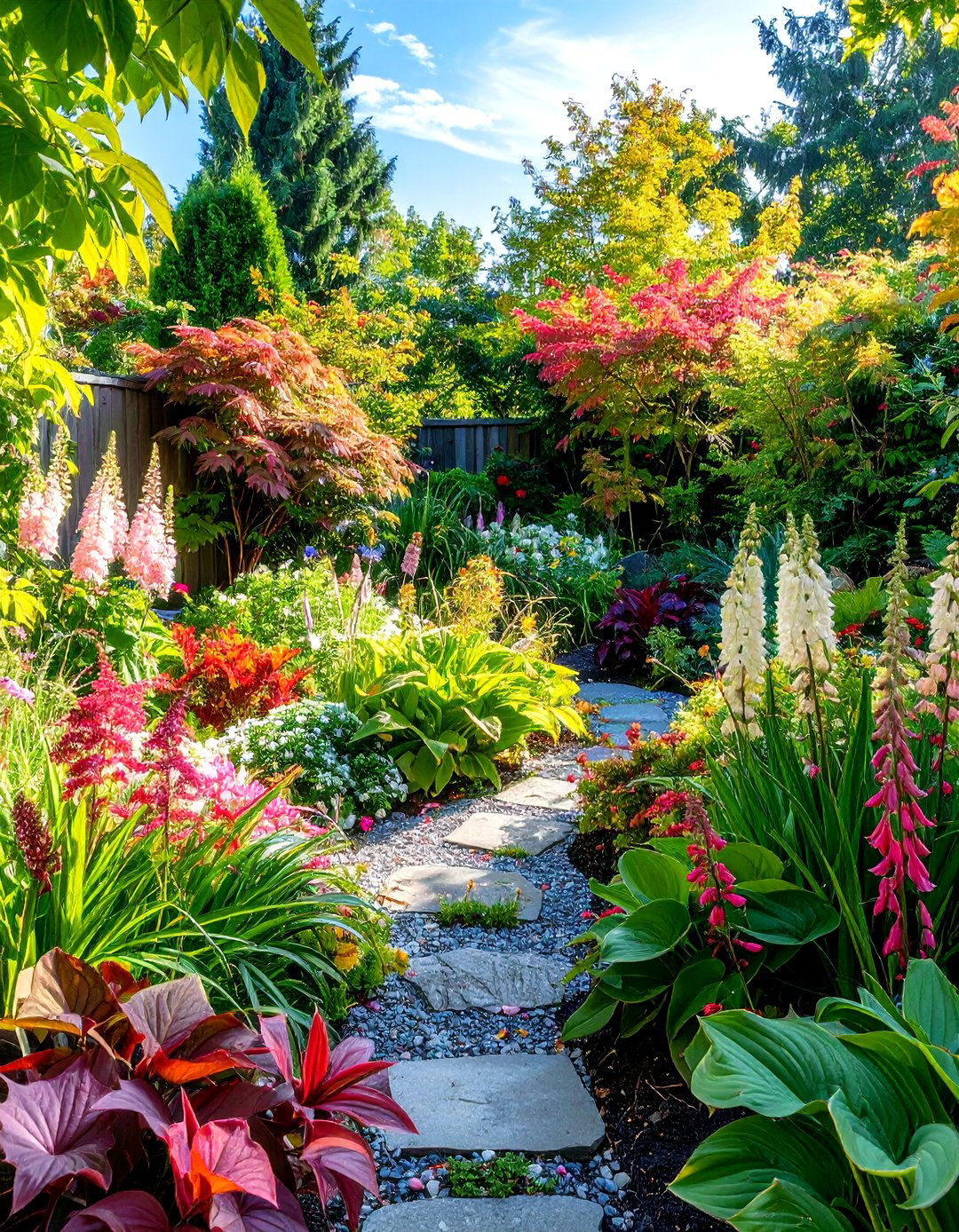
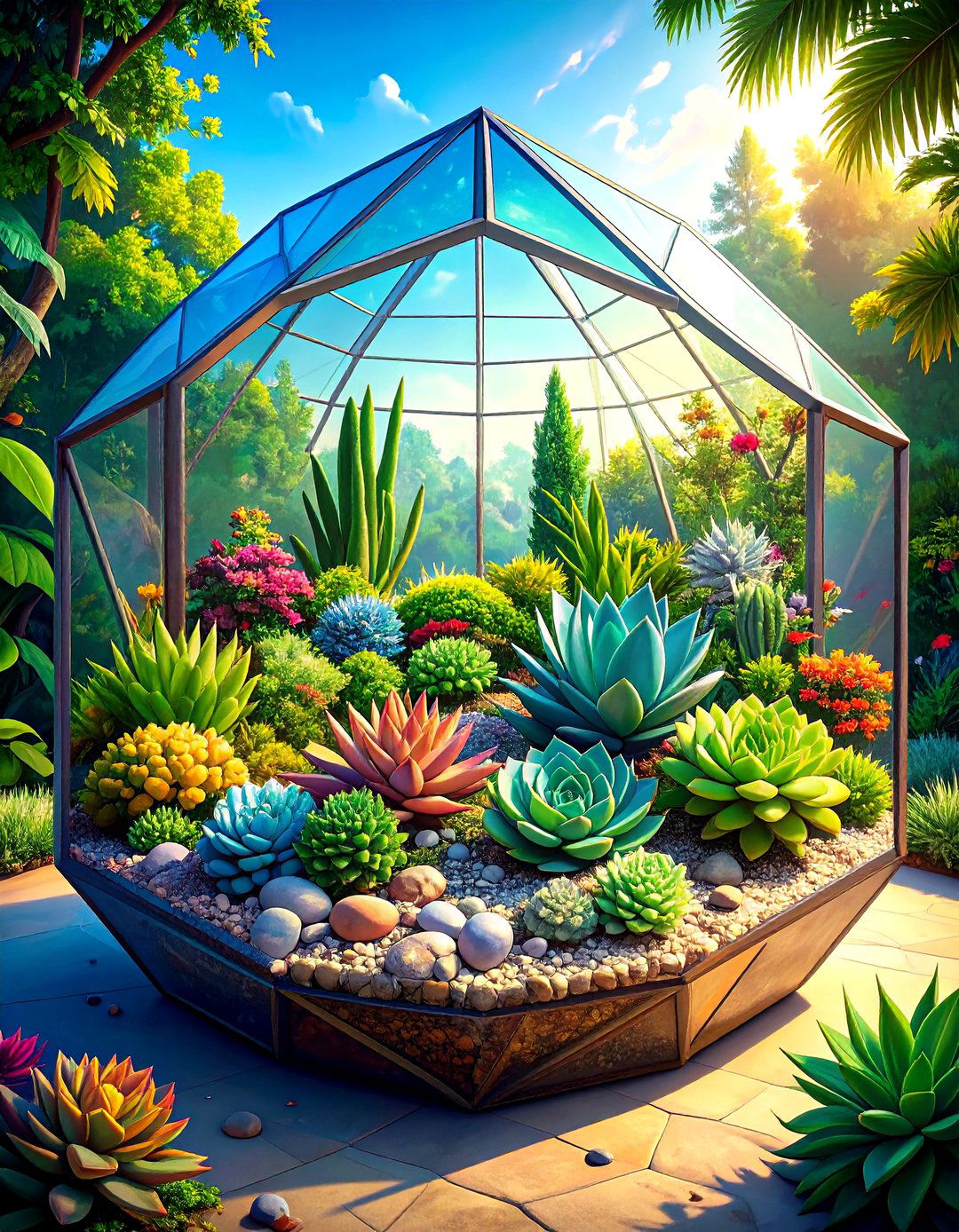
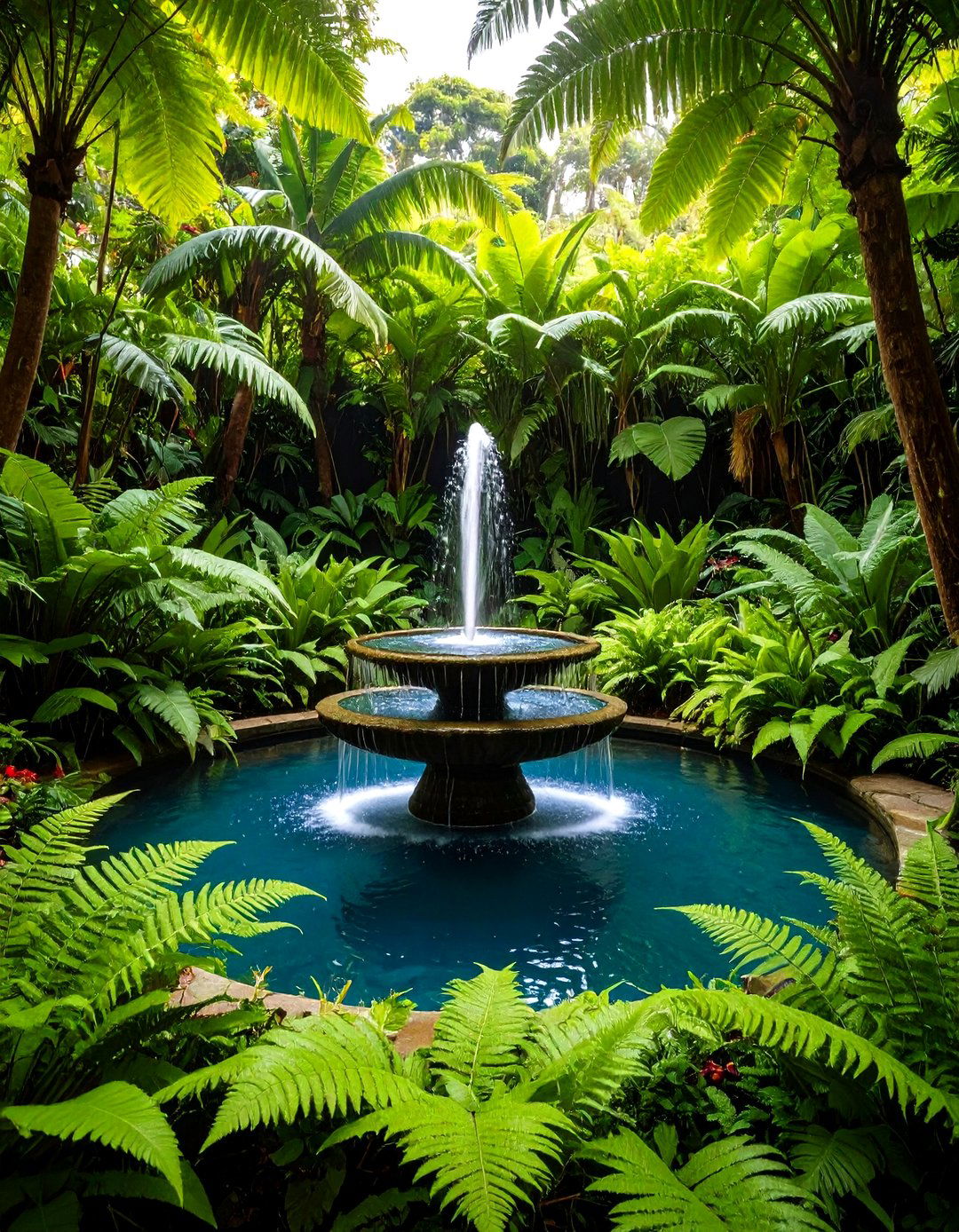
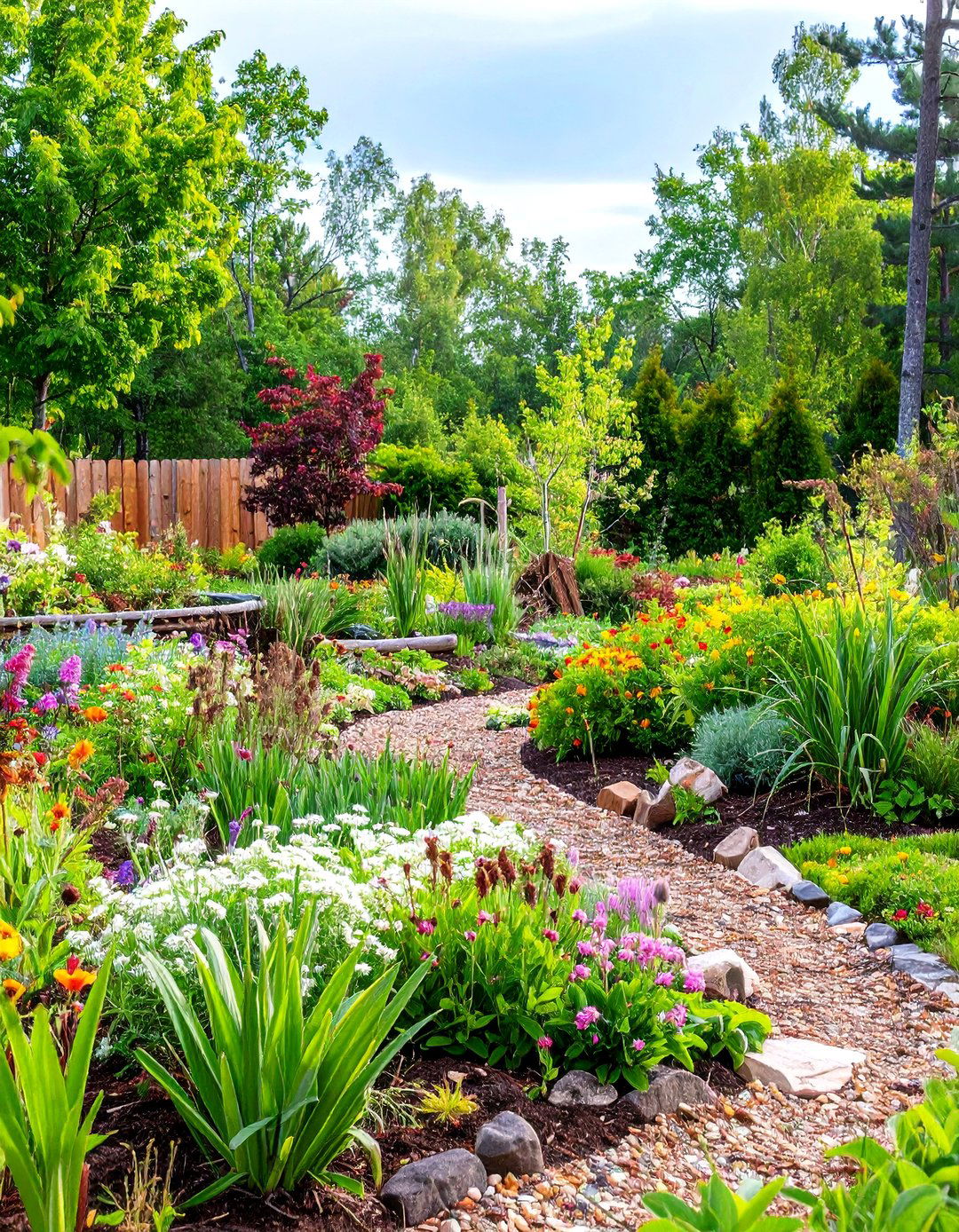
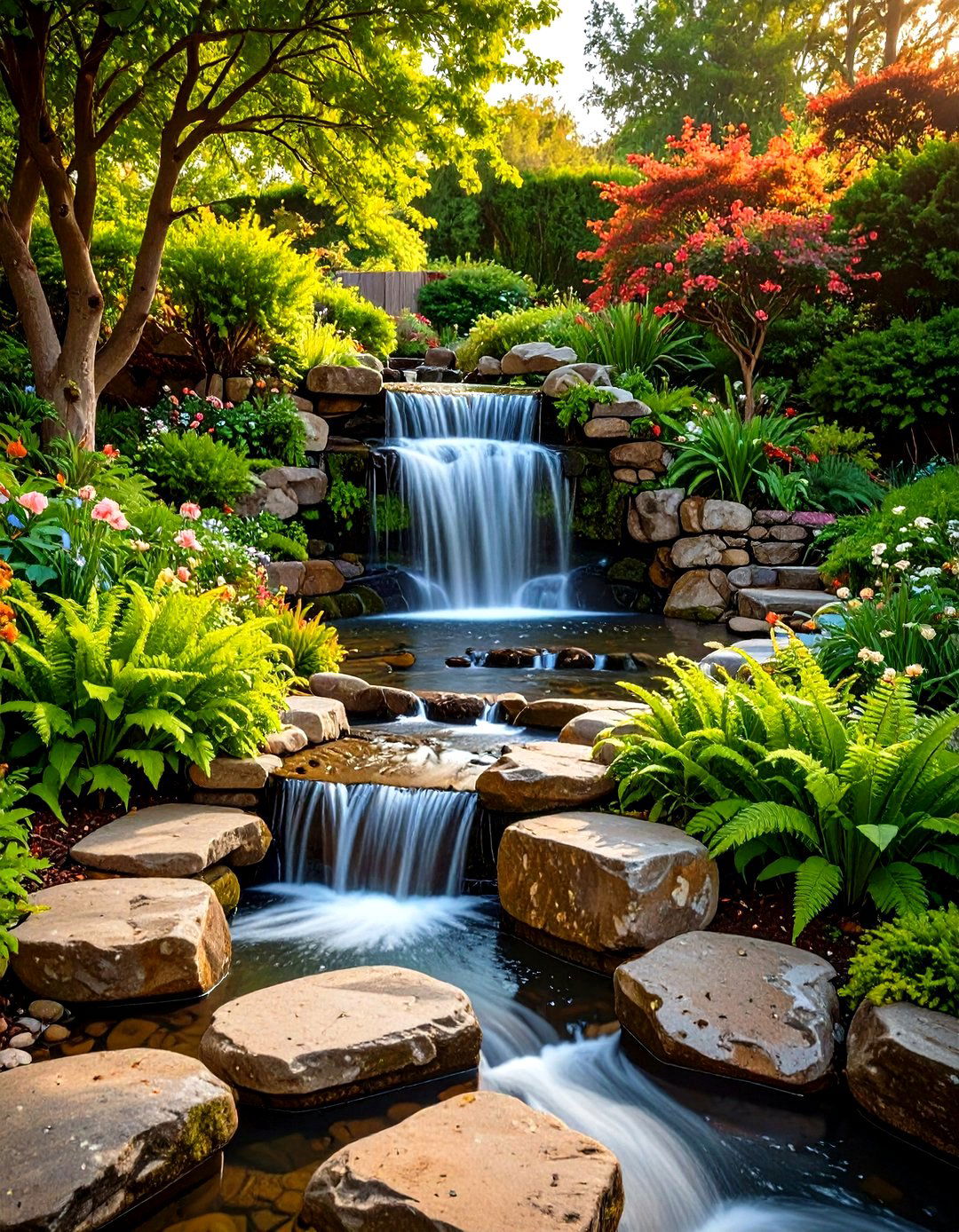
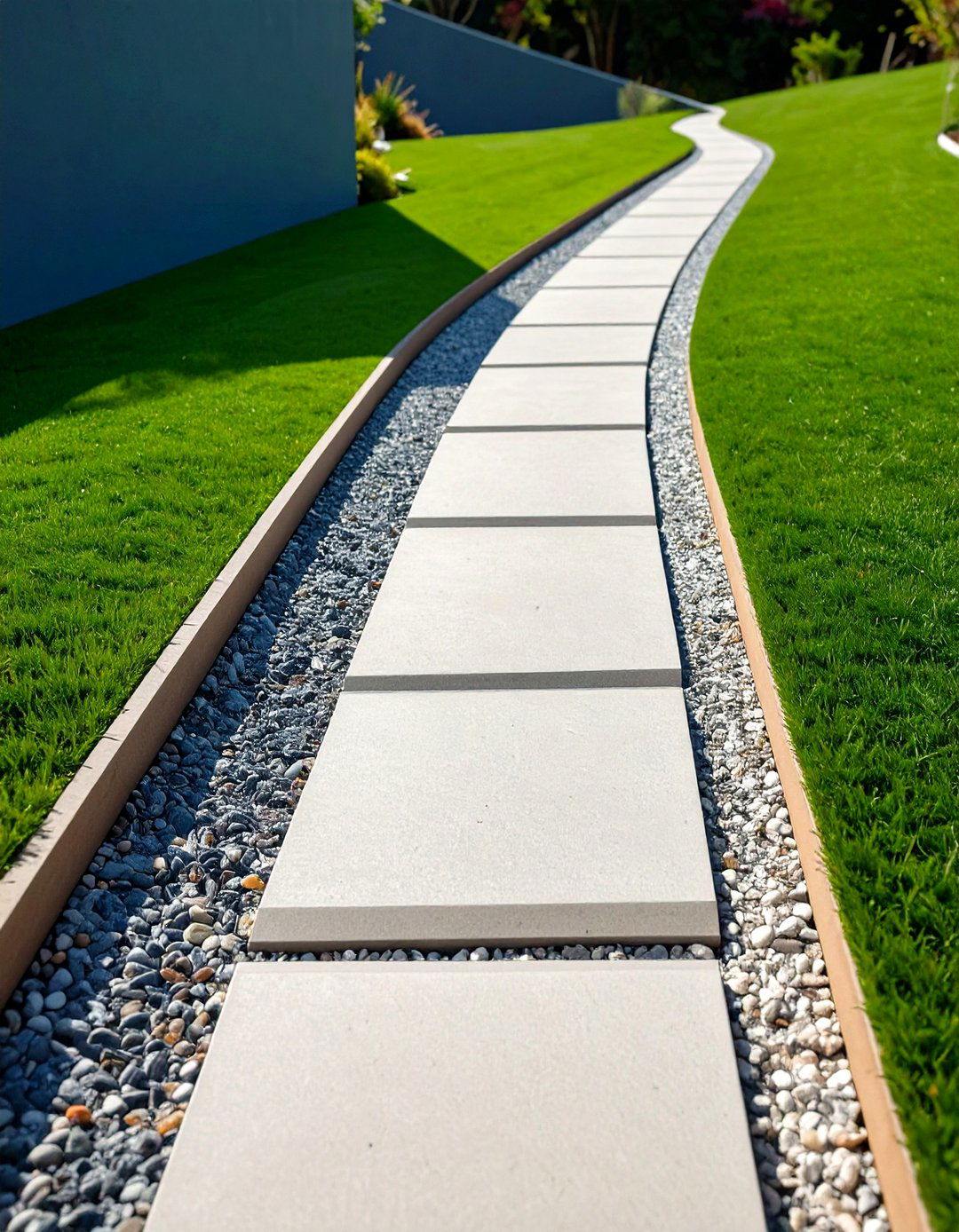
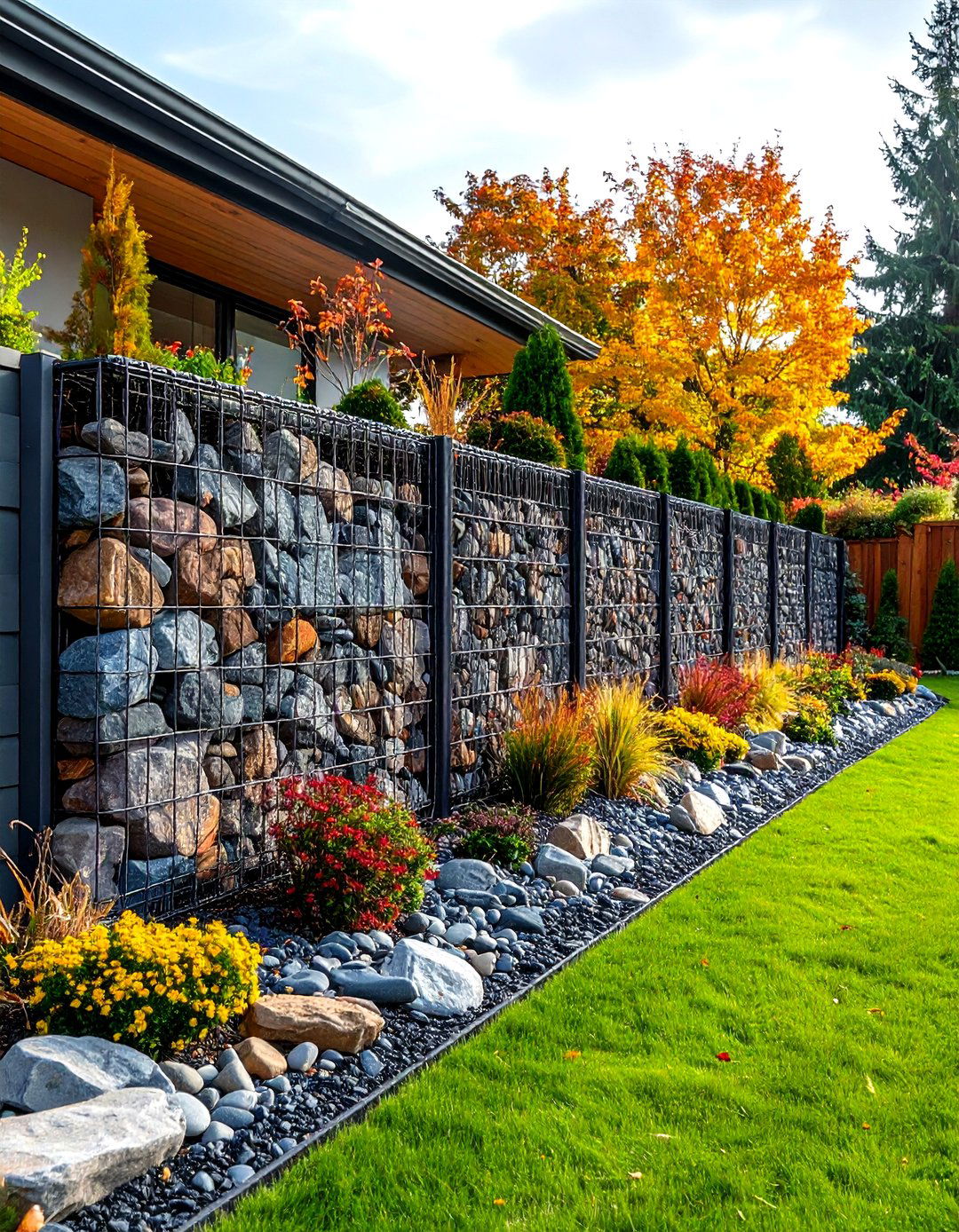
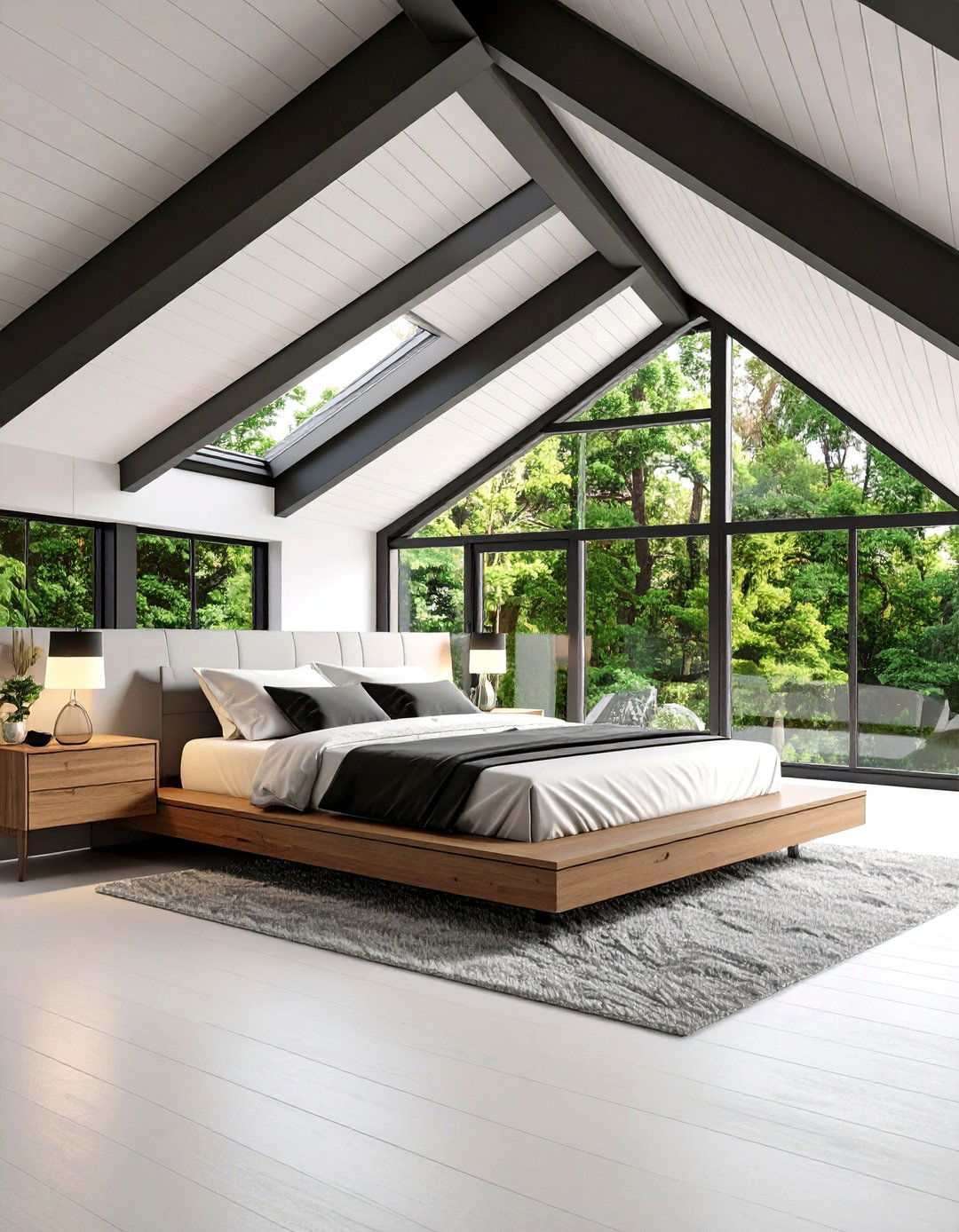
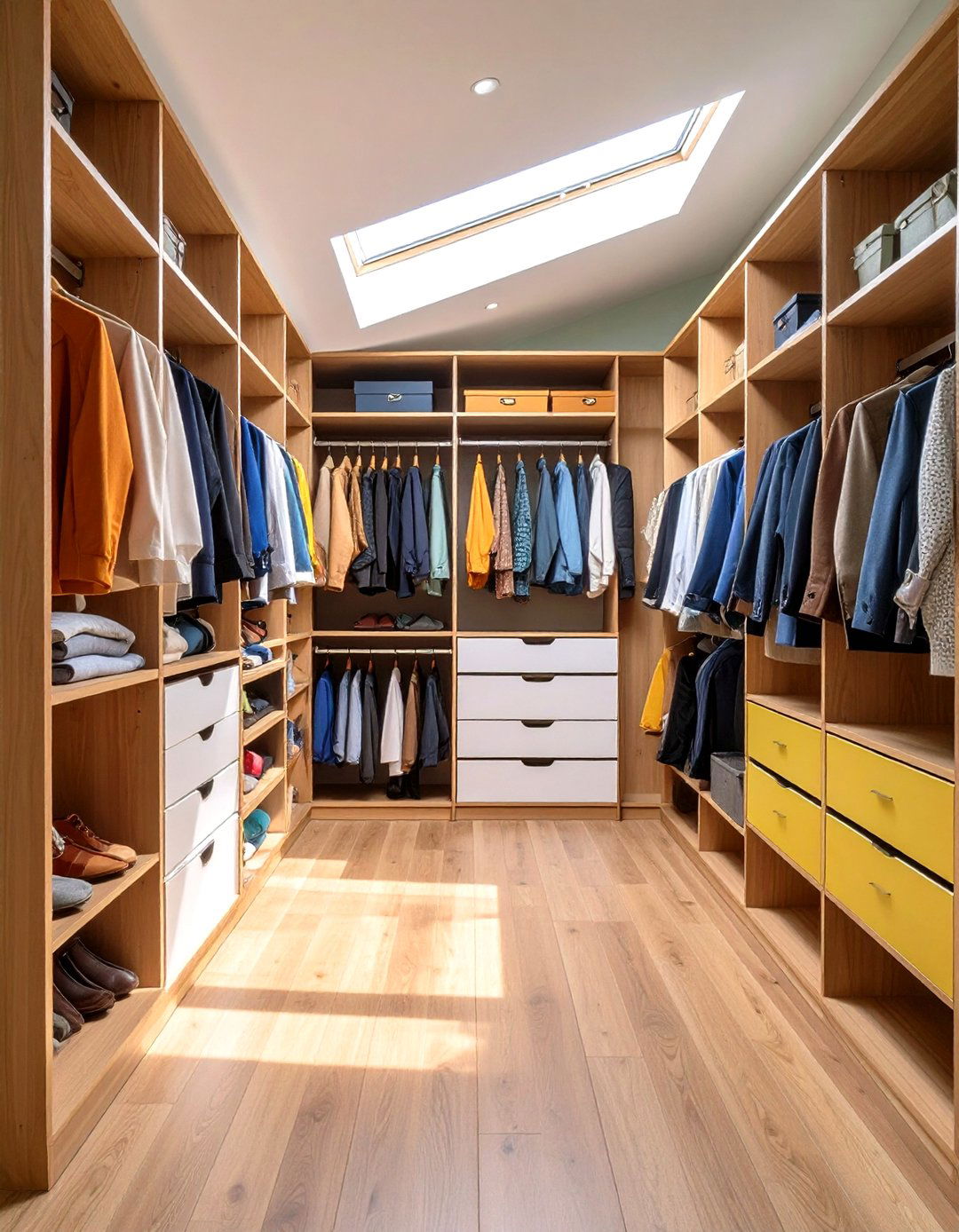
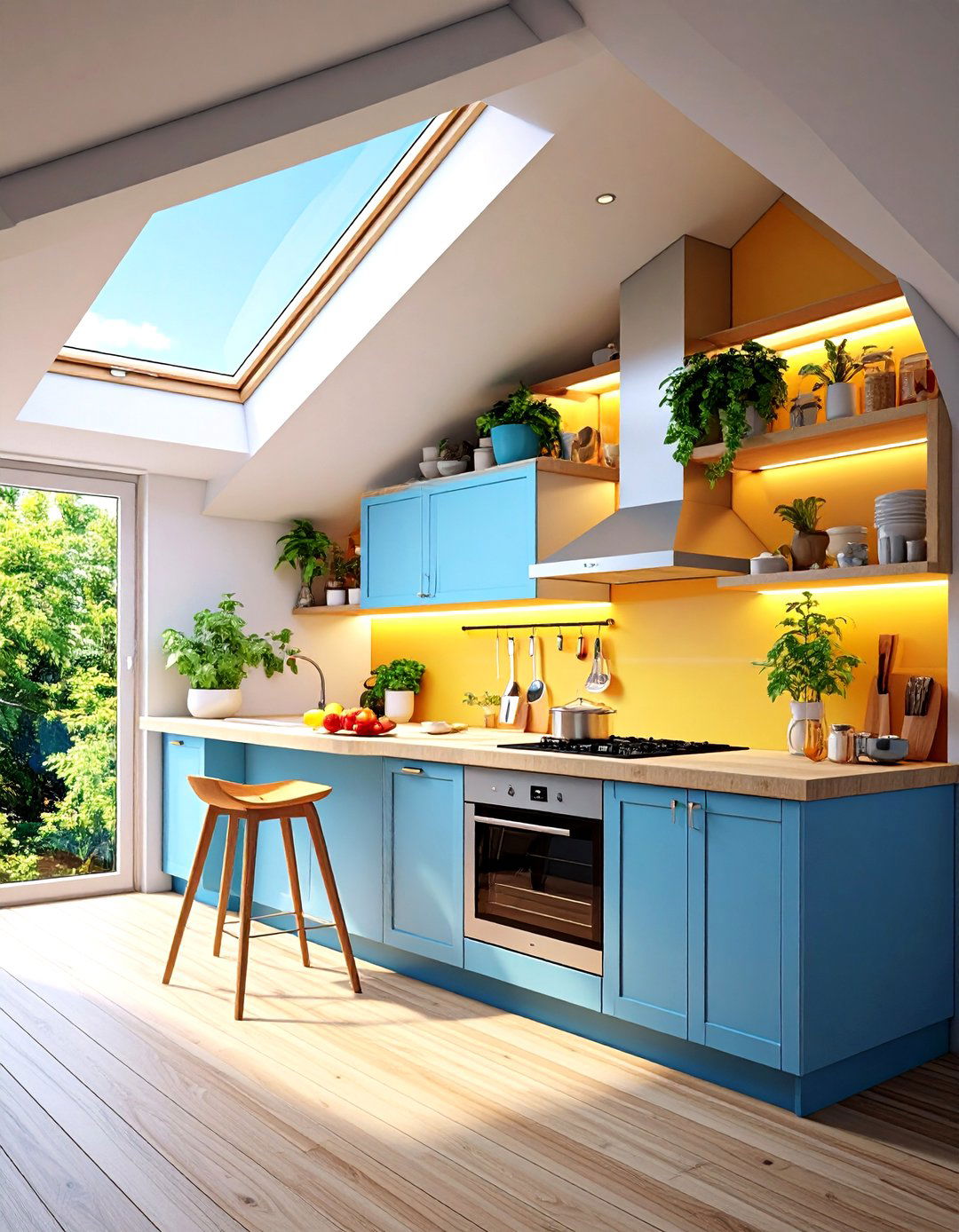
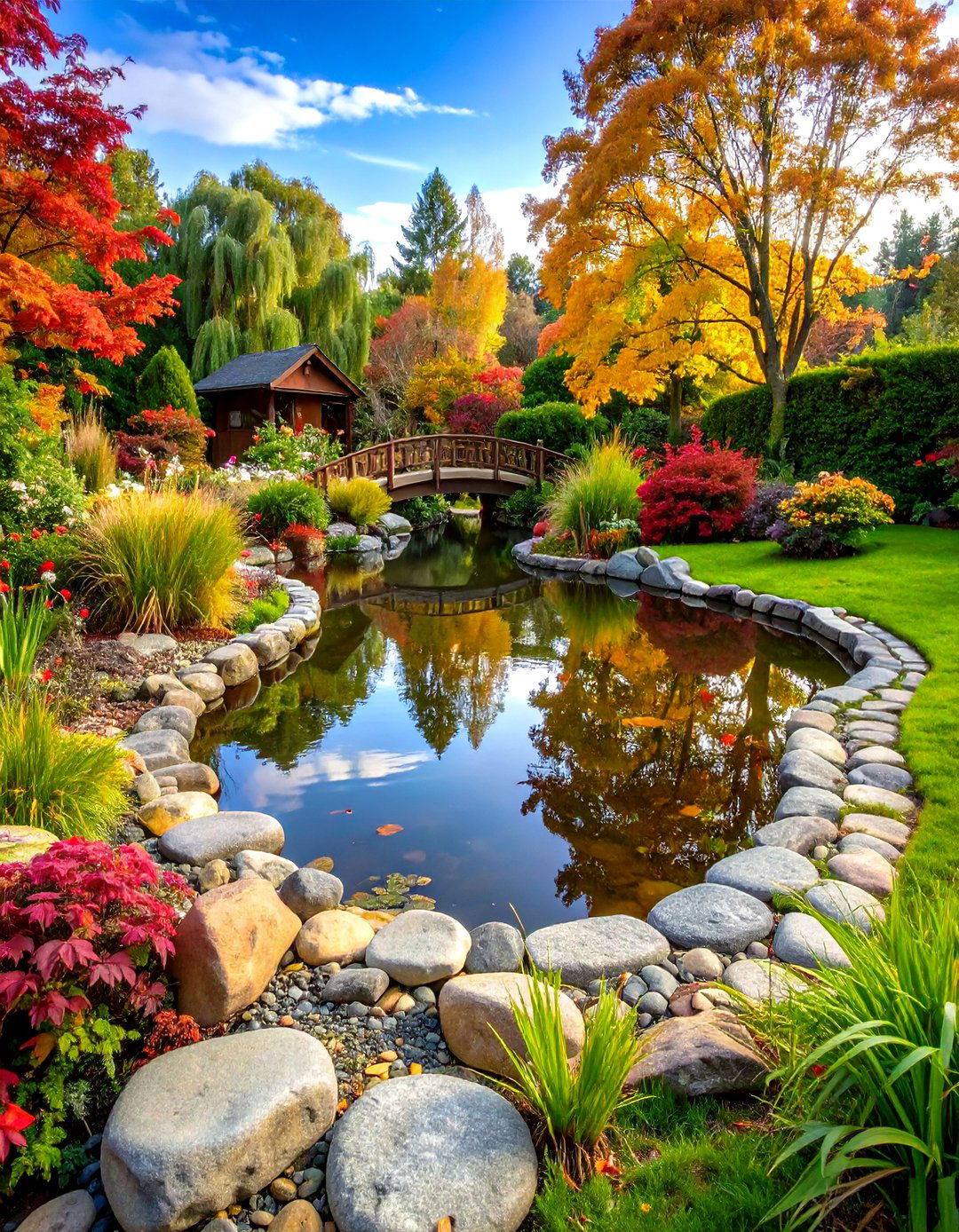

Leave a Reply